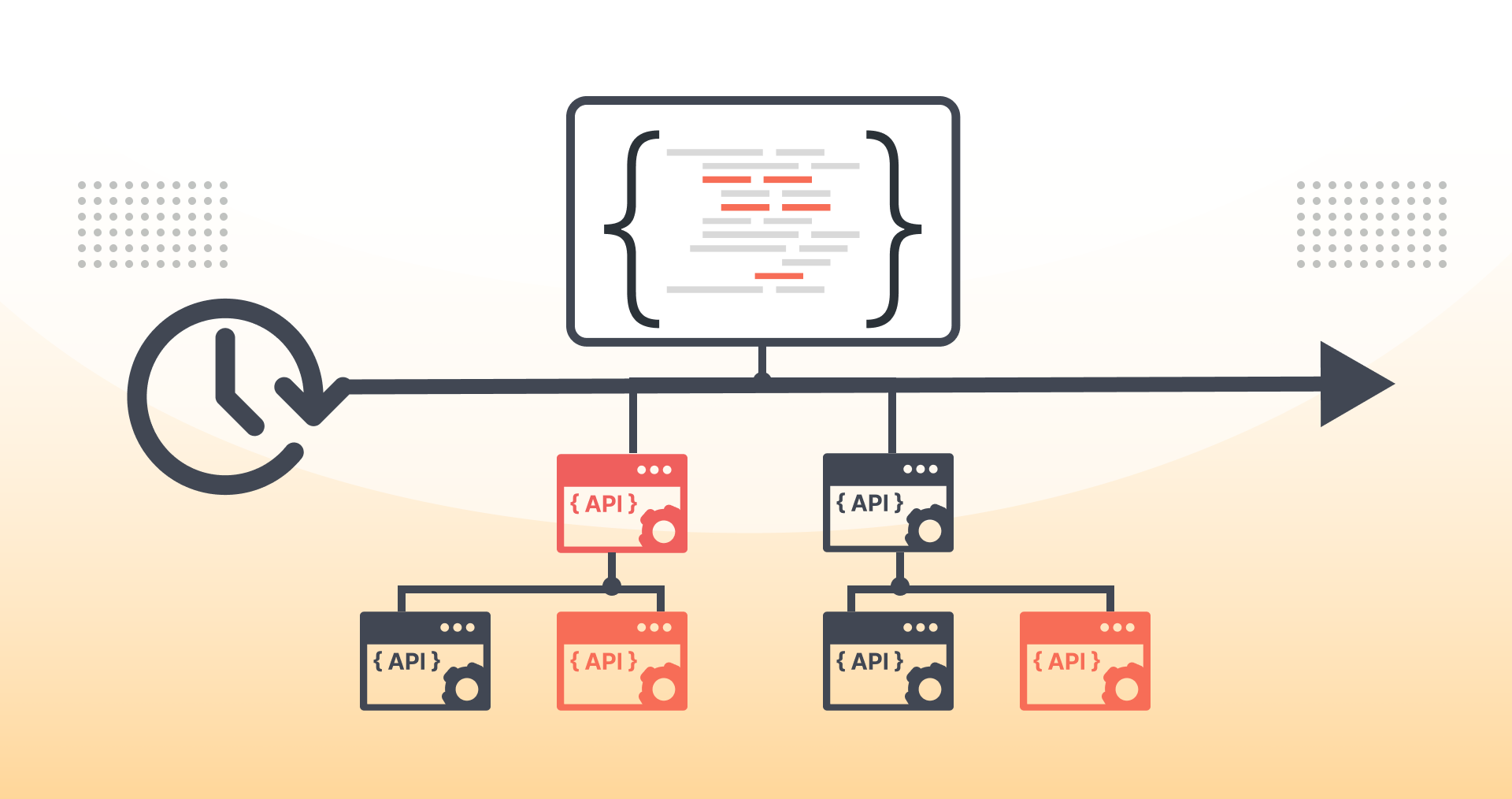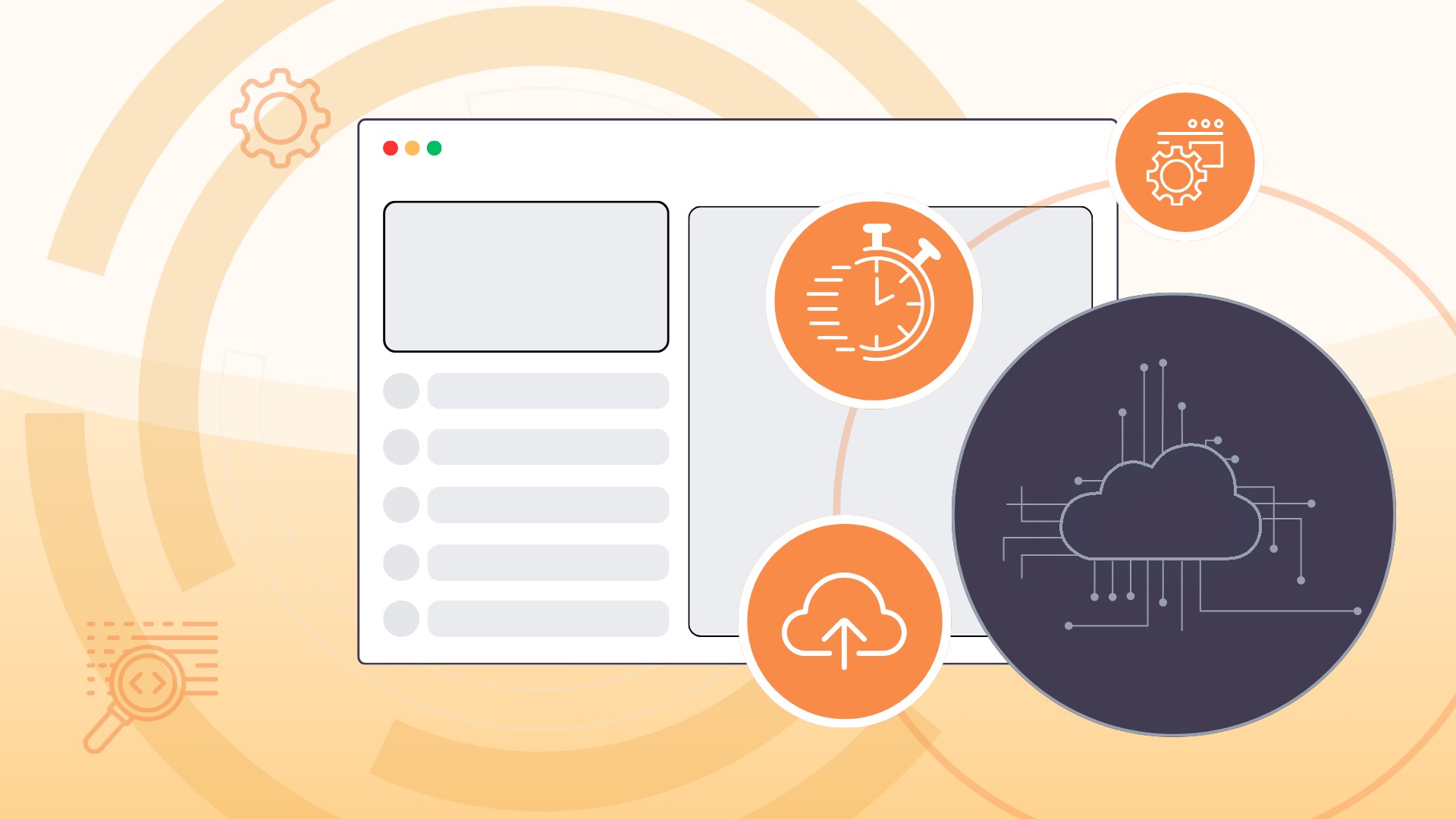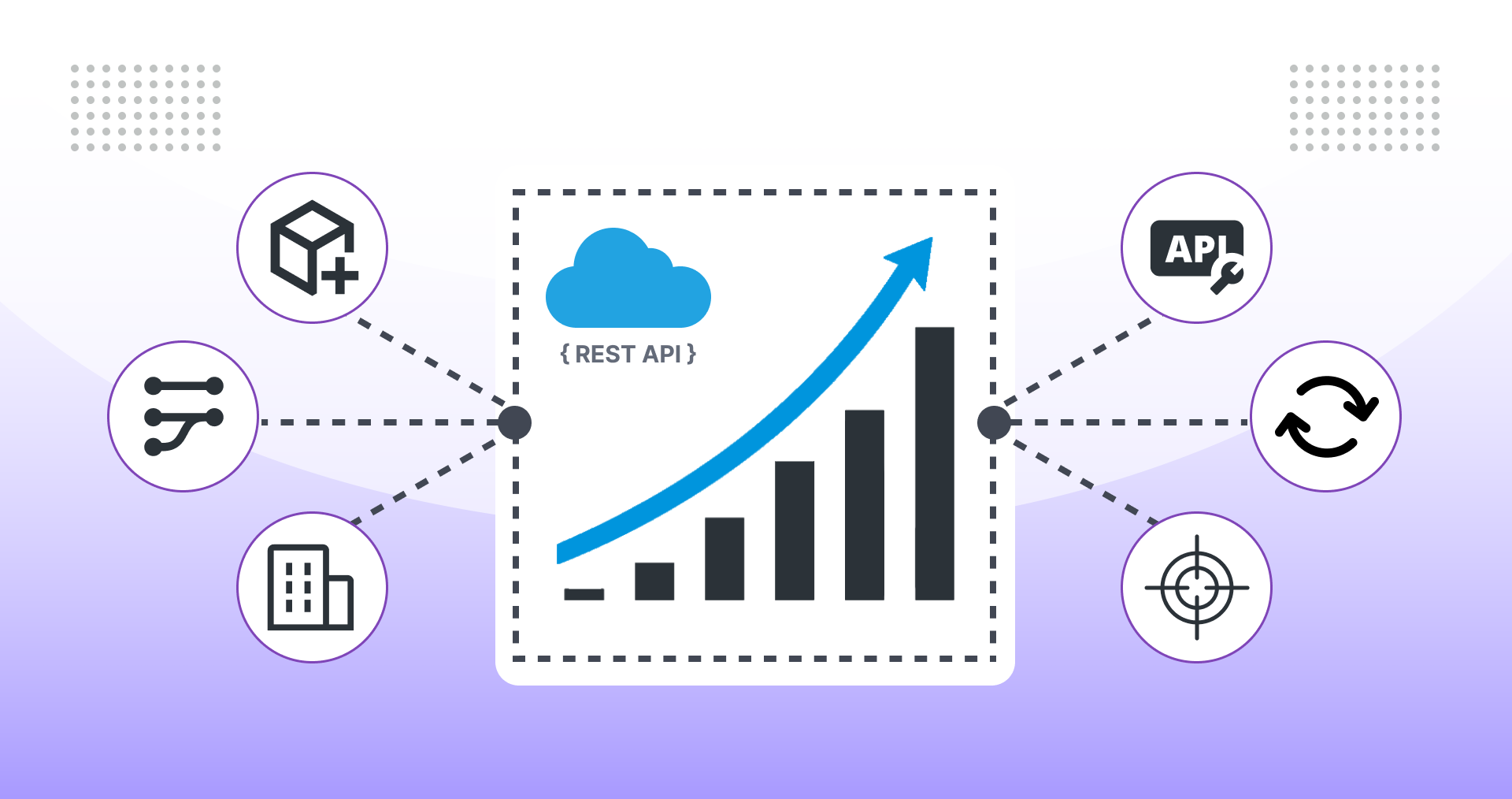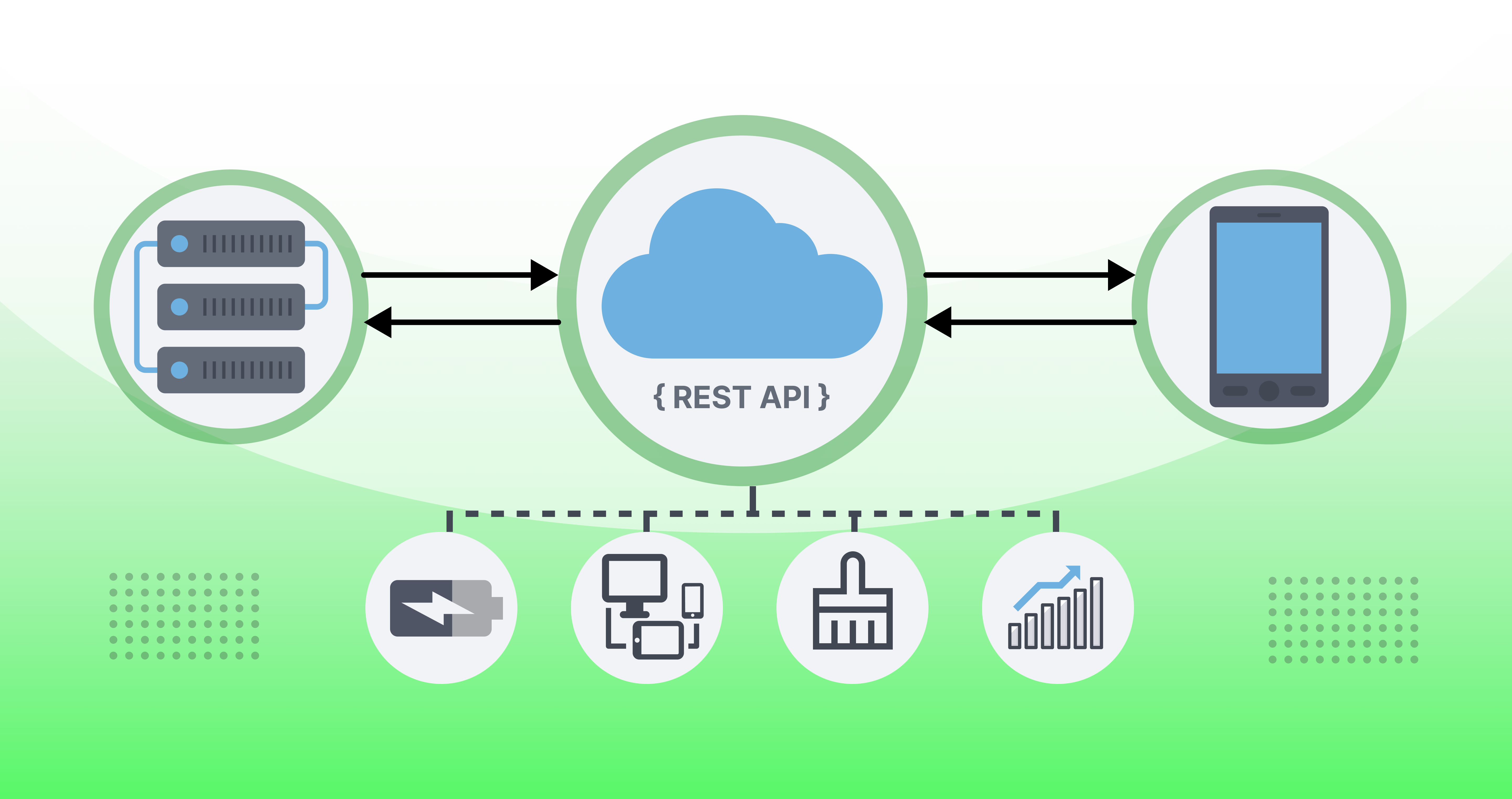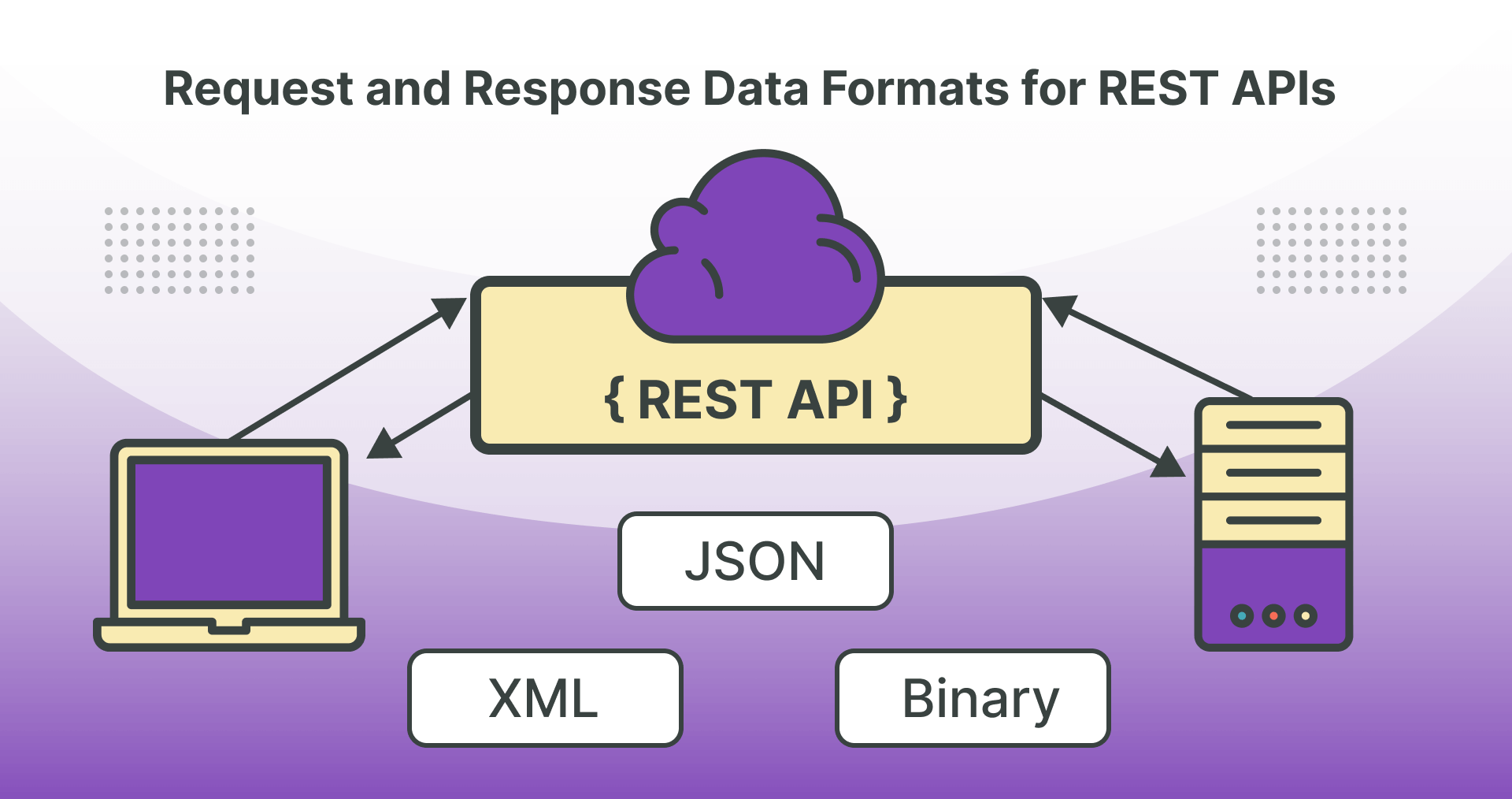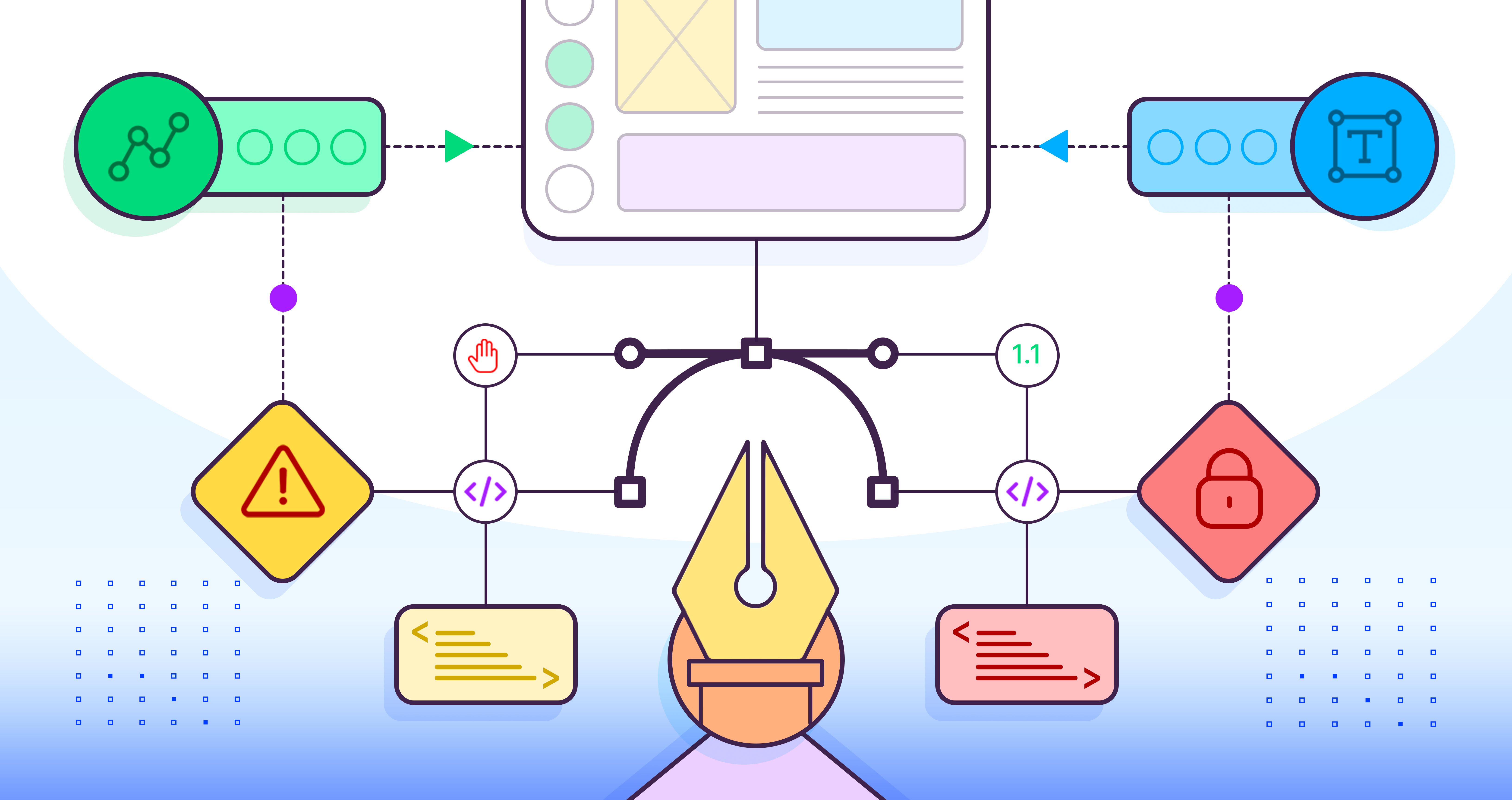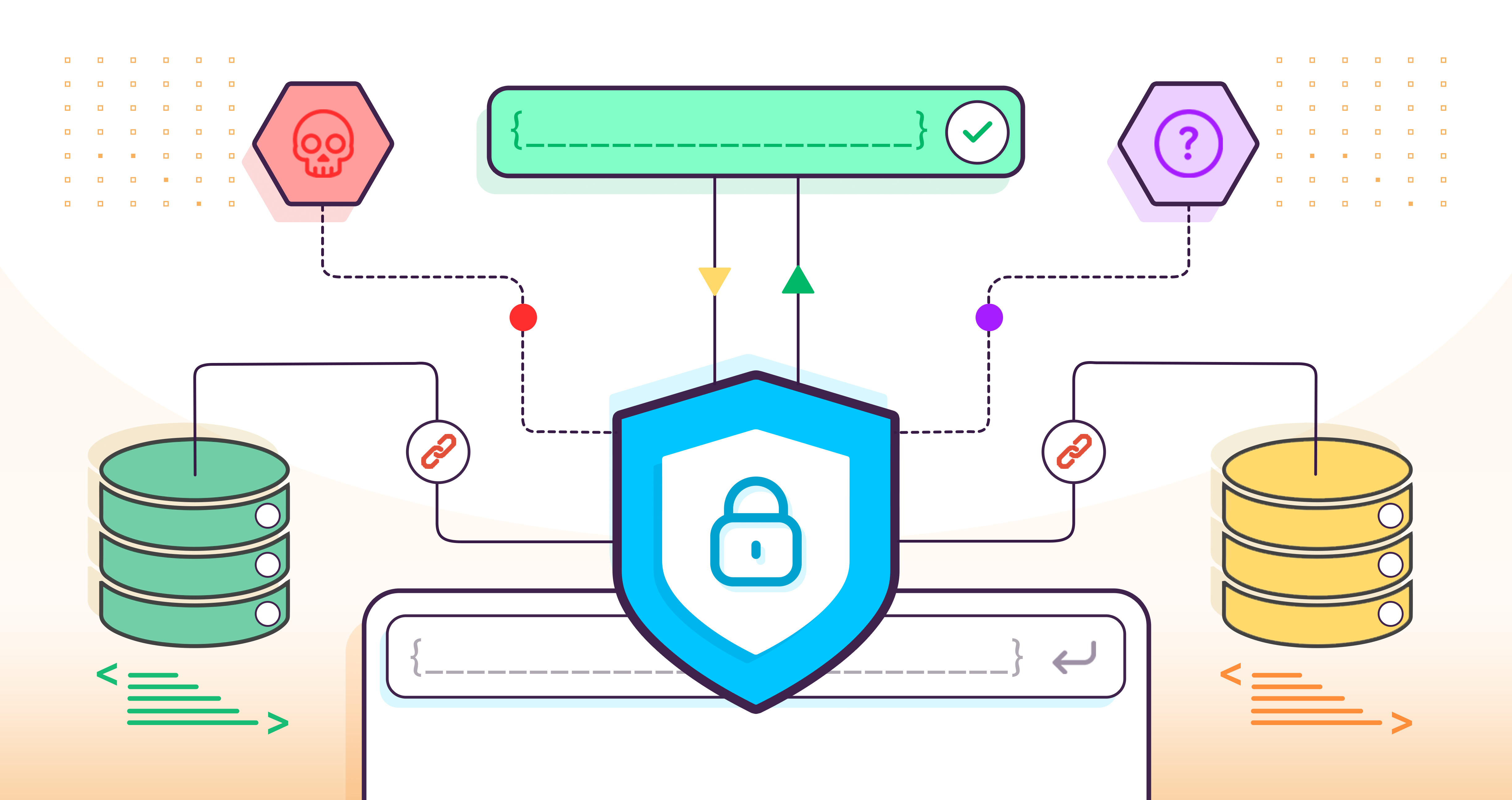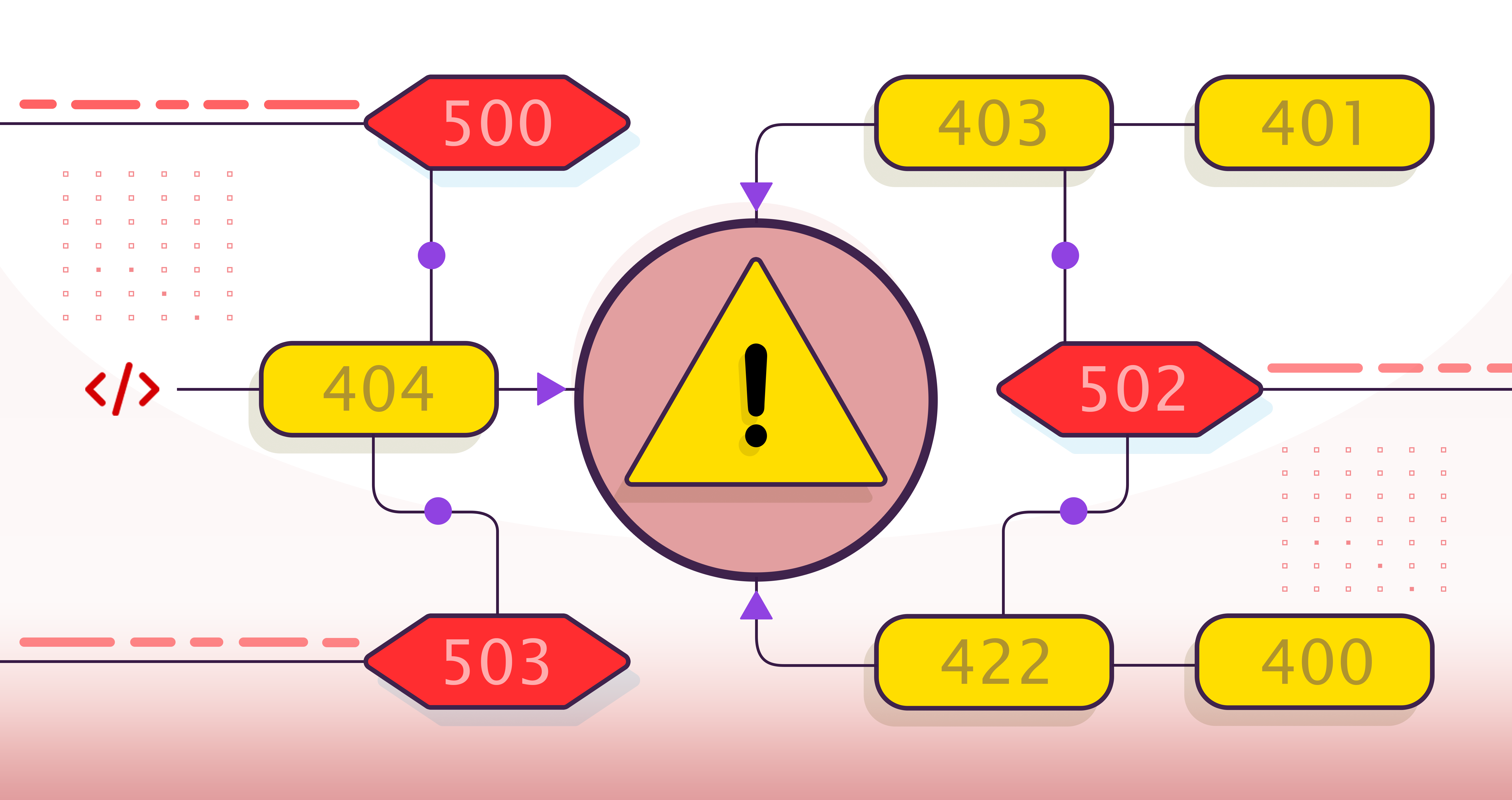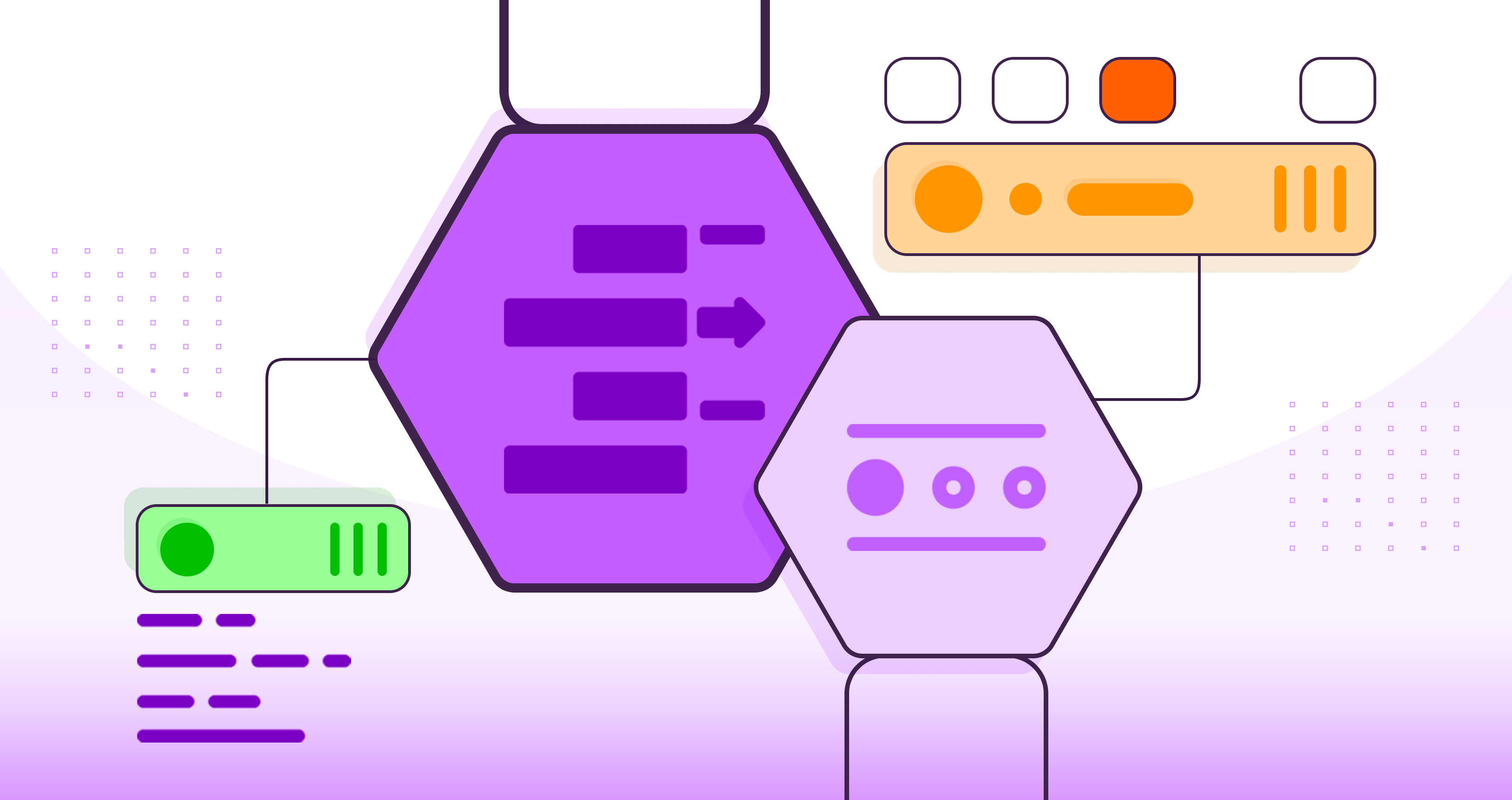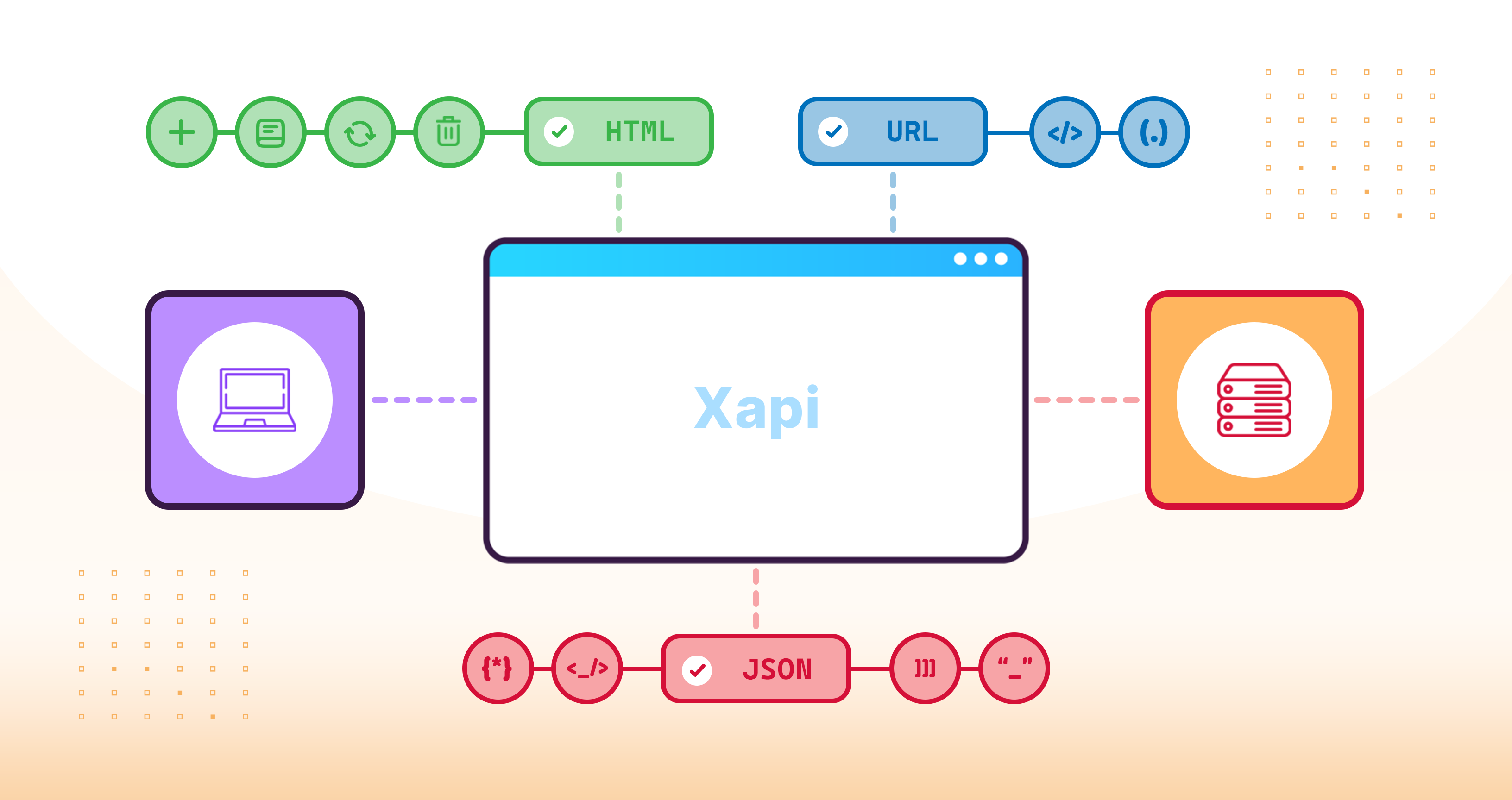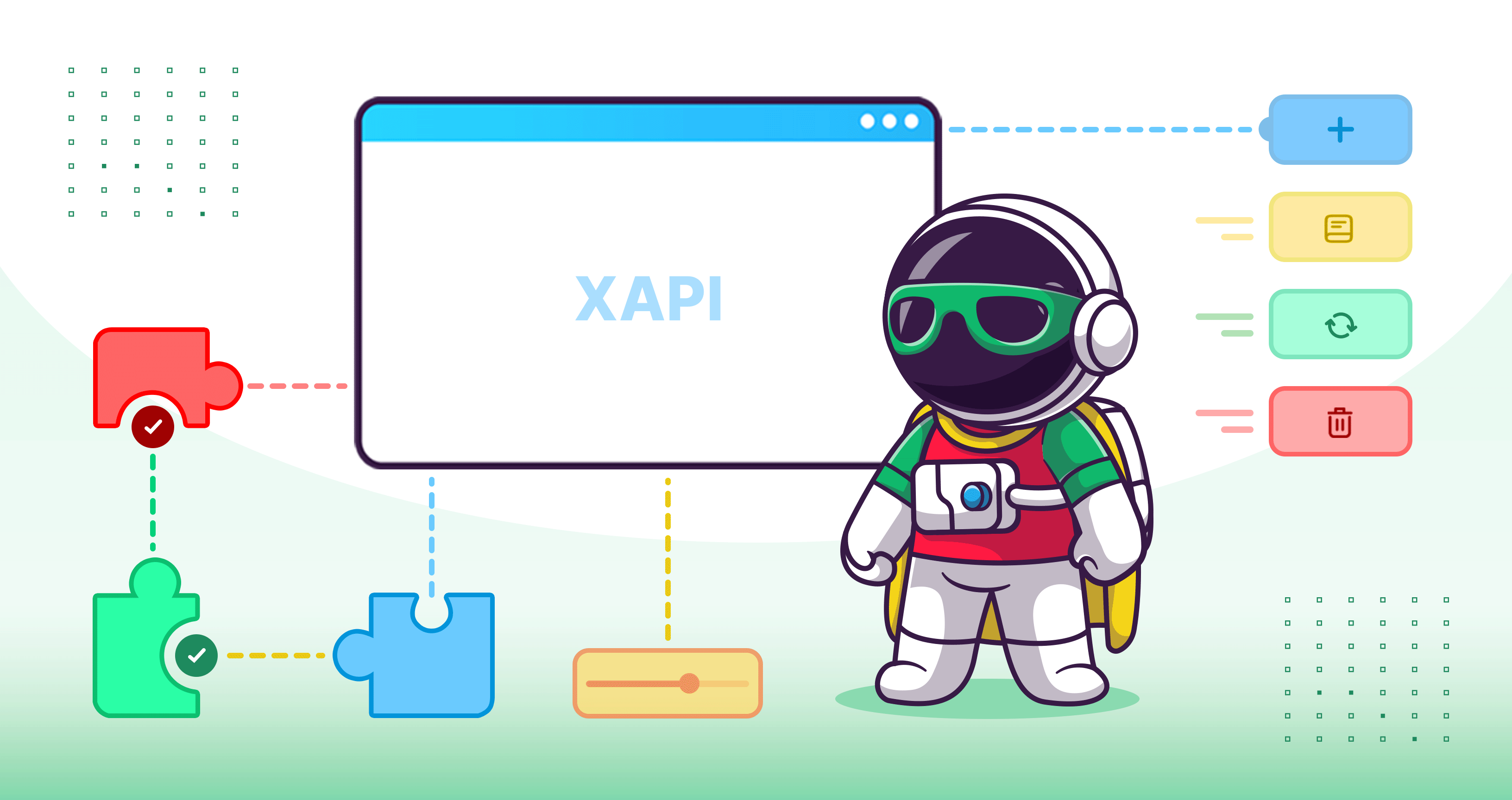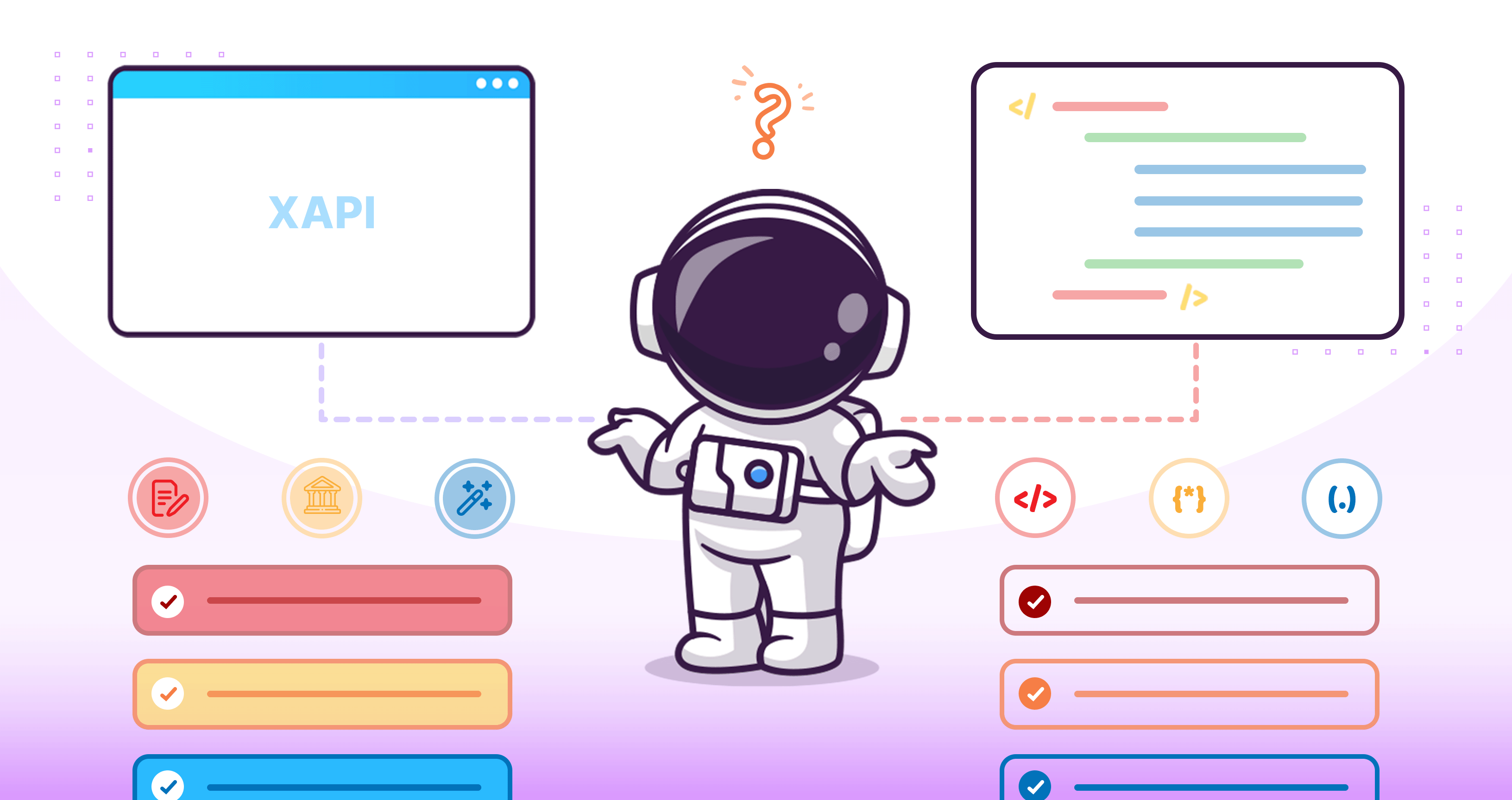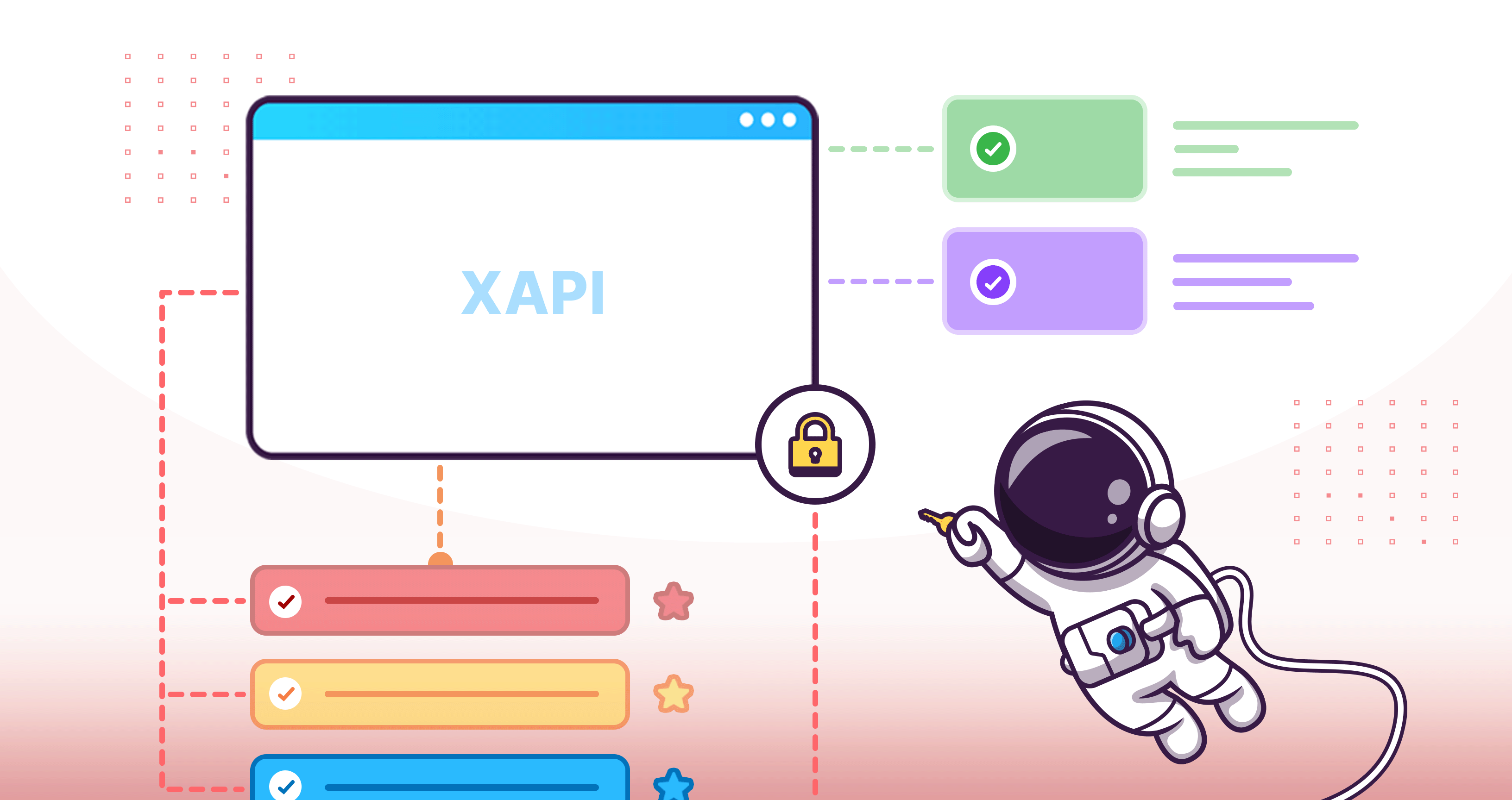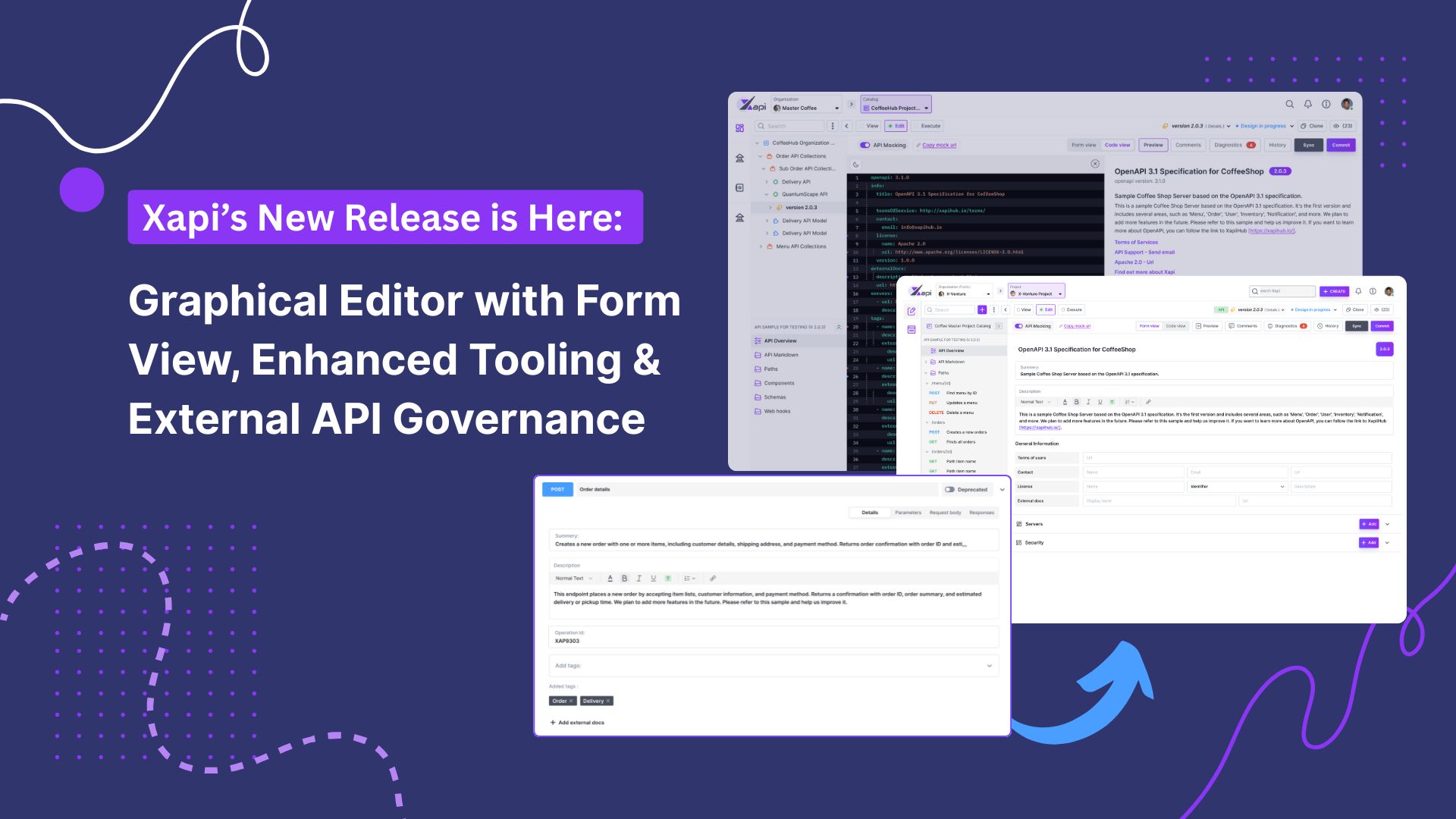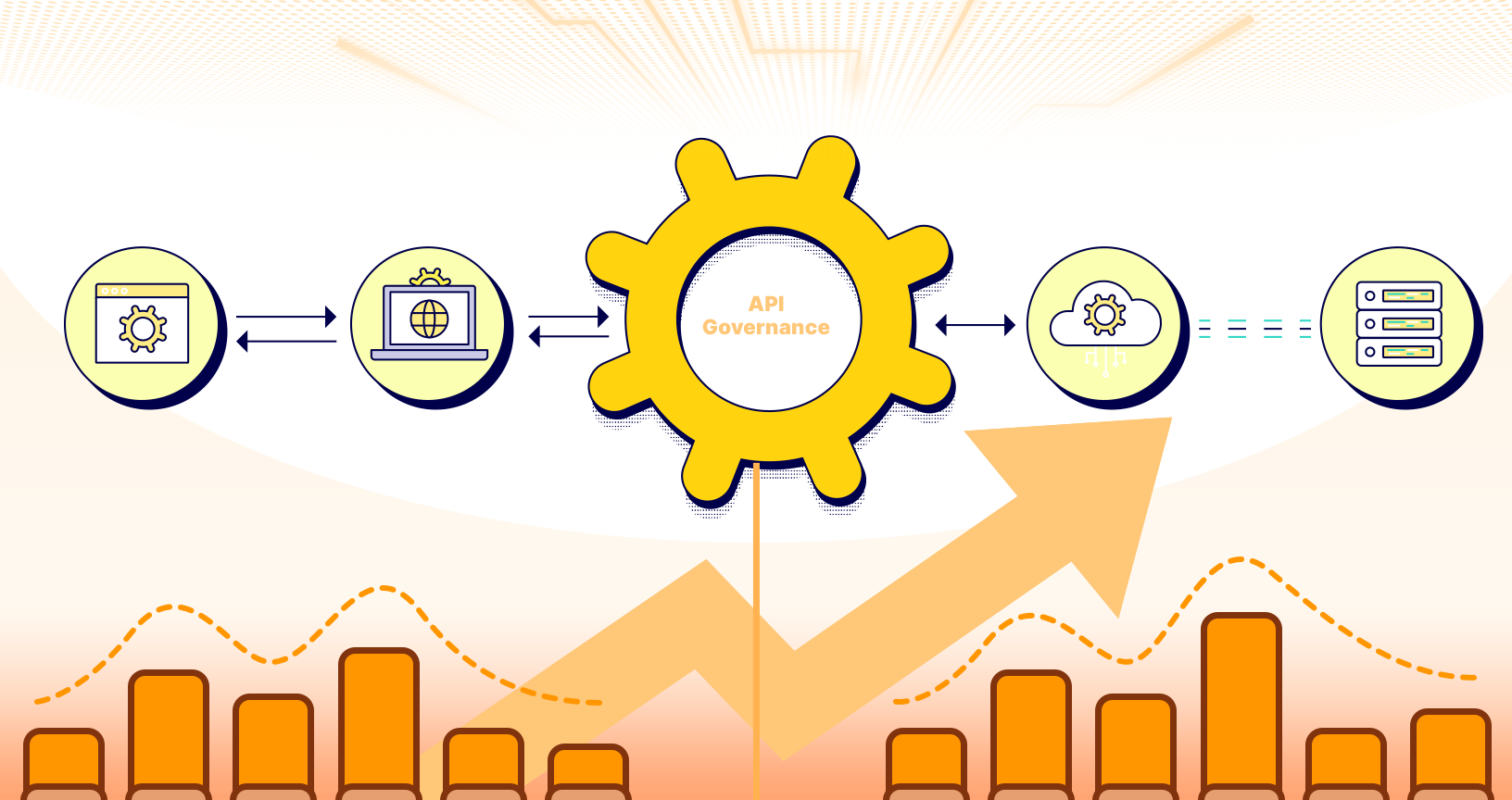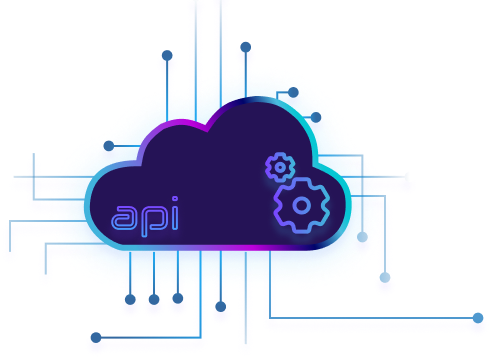Caching Strategies for REST APIs

Amal Lakshan
20 February,2024 •
20 mins read
Why API Performance Matters: The Need for Speed and Efficiency in REST APIs
In today's fast-paced digital world, where people expect things to happen instantly, having a fast REST API is crucial. Users want quick results, and if your webpage or API takes too long, more than half of them might just give up and leave, according to what Google found. Plus, slow APIs can hurt your business - Amazon saw a 1% drop in sales for every tiny delay. Whether you're building a social media site, an online store, or a mobile app, how well your API works affects how users see your platform. Slow responses and too many requests can upset users, make them leave, and cost you money.
Imagine a world where every time you ask the API for something, you get a quick answer, no matter how complicated. Picture a situation where the server doesn't have to work too hard, saving money and being kinder to the environment. It's not just a dream; you can make it happen by using smart caching strategies.
The Challenge: High Server Load and Slow Responses
Making sure your API responds quickly and handles lots of requests can be tough. As your app gets more popular and complicated, your server must work a lot. Making your infrastructure bigger can be expensive and not great for the environment. Also, if your API is slow, it can mess up other parts of your app and make things even worse.
The Solution: Caching Strategies
No need to worry! Improve your REST APIs with caching strategies—a smart computer trick saving frequently needed information, eliminating repeated server queries. This blog explores diverse caching strategies, including user device, server, or network storage. It guides when and how to use these tricks, offers effective implementation methods, and shares examples of benefiting companies. Let's learn these caching tricks and optimize your RESTful APIs to their best.
Why Caching Matters for REST APIs
Caching is the unsung hero of web application performance. In this section, we will dive into why caching is of paramount importance for REST APIs, shedding light on the challenges that APIs face and how caching can address them.
The Performance Imperative
APIs act as the foundation of modern web and mobile apps enabling communication between different software components. They allow smooth transfer between servers and clients. The performance of the underlying APIs of applications directly affects the applications' user experience.
The Challenge of Scalability
APIs encounter varying traffic levels, particularly during user base growth or sudden spikes. Managing increased requests without performance degradation is vital. Although expanding infrastructure is an option, it can be costly and resource intensive.
Caching addresses scalability challenges by storing and delivering pre-generated responses. This reduces the workload on your API server, facilitating swift responses to repeated requests without the need to redo resource-intensive tasks.
The Cost of Inefficiency
Inefficient API processing can increase operational costs, demanding more CPU power and memory for recalculating responses, leading to higher hosting expenses. The elevated server load may necessitate a more robust infrastructure, further escalating costs.
Caching serves as a solution by reducing redundant calculations, allowing the server to efficiently provide cached responses for frequently requested data. This not only saves money but also contributes to a greener and more sustainable web, reducing the carbon footprint of data centers.
The Importance of Low Latency
A responsive API with low latency is crucial. Users want almost instant results when using your application. Google found that a mere 100-millisecond delay in search results could decrease user engagement by 0.2%, and the same goes for API responses.
Caching strategies are tailored to reduce latency. They achieve this by quickly providing cached data, enabling APIs to respond promptly. This not only meets user expectations for speed and responsiveness but also enhances satisfaction, boosts engagement, and increases conversion rates.
Types of Caching in REST APIs
Caching in REST APIs comes in various forms, each with its own advantages and use cases.
Client-Side Caching
Client-side caching is a technique where the client, e.g., a web browser or mobile app, stores and reuses responses from the API. It can significantly enhance the user experience by reducing the need to fetch data repeatedly from the server.
-
How It Works:
Client-side caching operates at the user’s end, typically within their web browser or app. When the client requests the API, in return the API will send a response to the client that includes cache-related information. This information may include headers like Cache-Control and ETag that instruct the client on how to handle and store the response as given below:
-
Cache-control header:
Indicates caching instructions, such as whether the response can be cached and for how long.
-
ETag header:
Provides a unique identifier for the response, allowing the client to check if the resource has changed on subsequent requests.
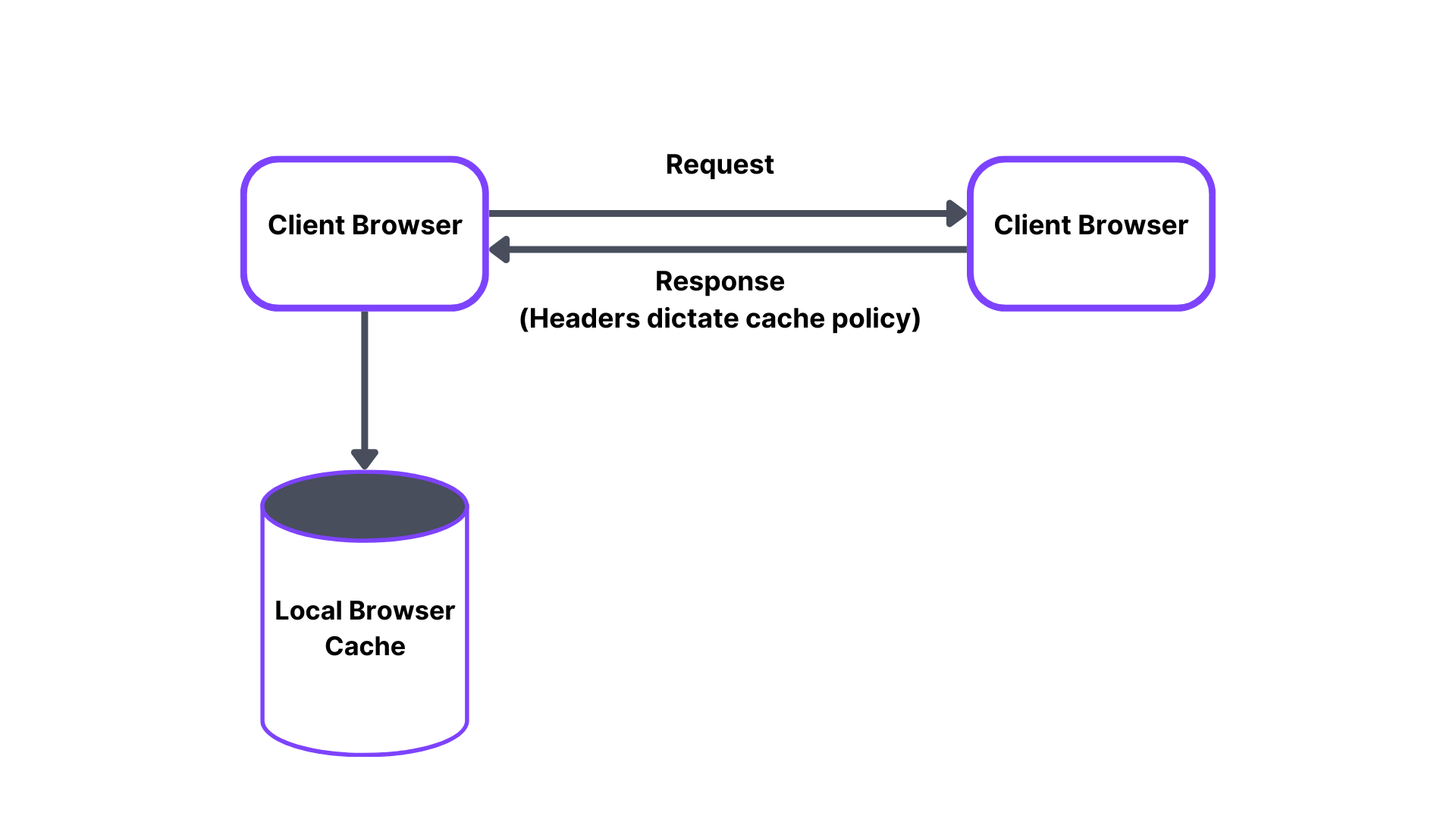
-
Advantages:
-
Lower server load:
Repeated requests for the same data are avoided.
-
Faster response times:
Cached data is readily available, reducing latency.
-
Offline access:
Cached data can be used even when the device is offline.
-
Use Cases:
-
Storing user-specific data, such as preferences.
-
Caching static resources like images, stylesheets, and scripts.
-
Reducing API calls for frequently accessed data.
Content Delivery Network (CDN) Caching
CDNs are distributed networks of servers strategically placed around the world. CDNs cache static assets and can also cache API responses, serving them from a server geographically closer to the user.
-
How It Works:
CDN caching operates by storing cached copies of content, including API responses, on servers distributed across multiple geographic regions. When a user makes a request, the CDN routes the request to the nearest server with a cached copy of the content. If the content is found in the cache and is still valid, the CDN serves it to the user. If not, the CDN fetches the content from the origin server, caches it, and delivers it to the user.
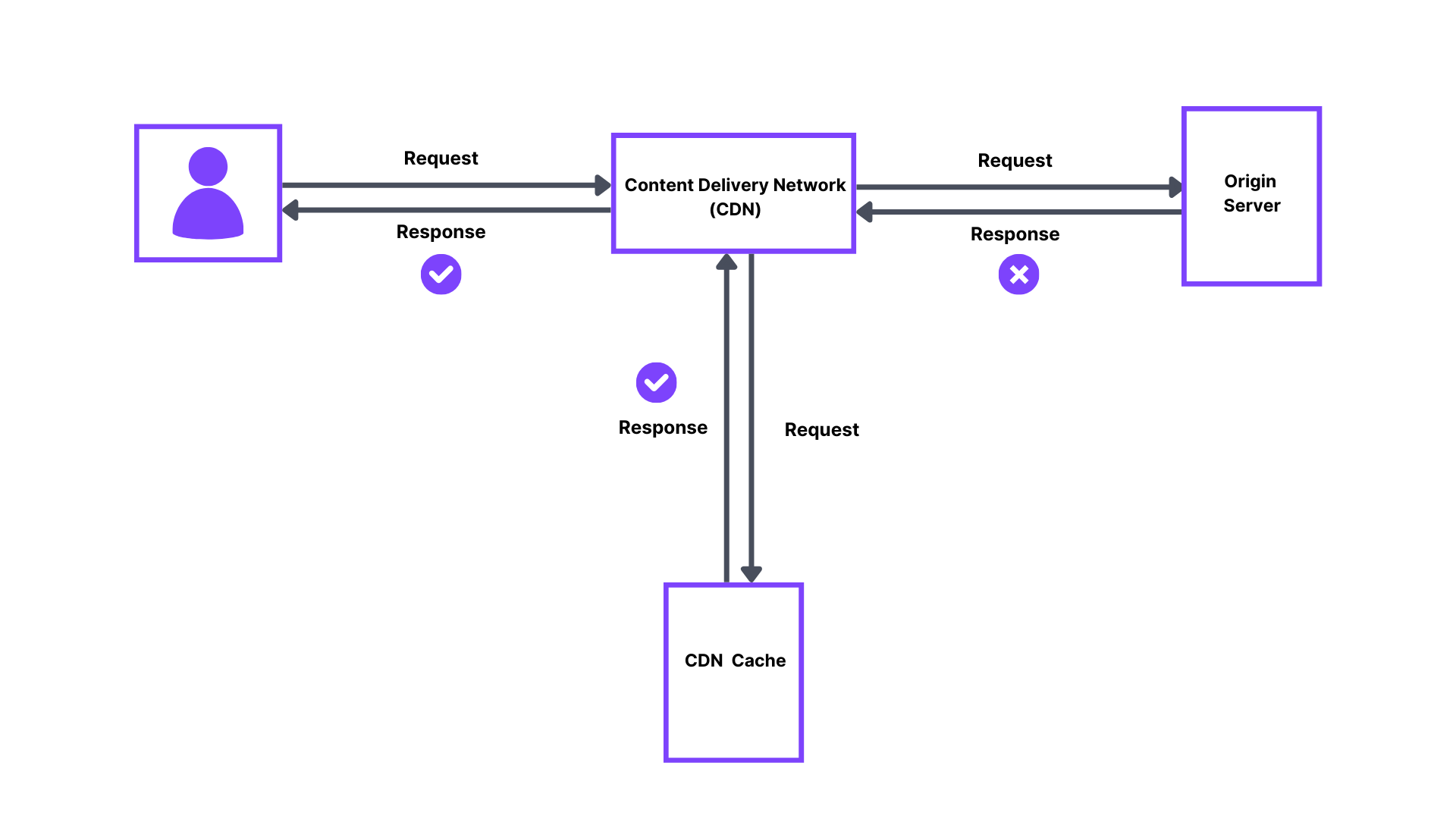
-
Advantages:
-
Global reach:
Enhances performance for users across the world.
-
DDoS protection:
Acts as a buffer against Distributed Denial of Service (DDoS) attacks.
-
Scalability:
Easily handles traffic spikes by distributing load.
-
Use Cases:
-
Accelerating the delivery of media content like images, videos, and documents.
-
Caching API responses for globally distributed applications.
-
Ensuring high availability and reliability.
Server-Side Caching
Server-side caching involves storing API responses on the server itself. When a request is made, the server checks if a cached response is available and, if so, serves it instead of recalculating the response from scratch.
-
How It Works:
Server-side caching operates within your API server infrastructure. When a request is made, the server first checks if a cached response for that request exists on the server. If a cached response is found and is still valid according to cache expiration rules, the server serves it immediately, saving processing time and resources. If no valid cached response is available, the server generates a new response, caches it, and sends it to the client.
-
Cache expiration:
Cached responses have a defined expiration time, after which they are considered stale and should be regenerated.
-
Cache invalidation:
Mechanisms are needed to invalidate cached data when it becomes outdated or when data updates occur.
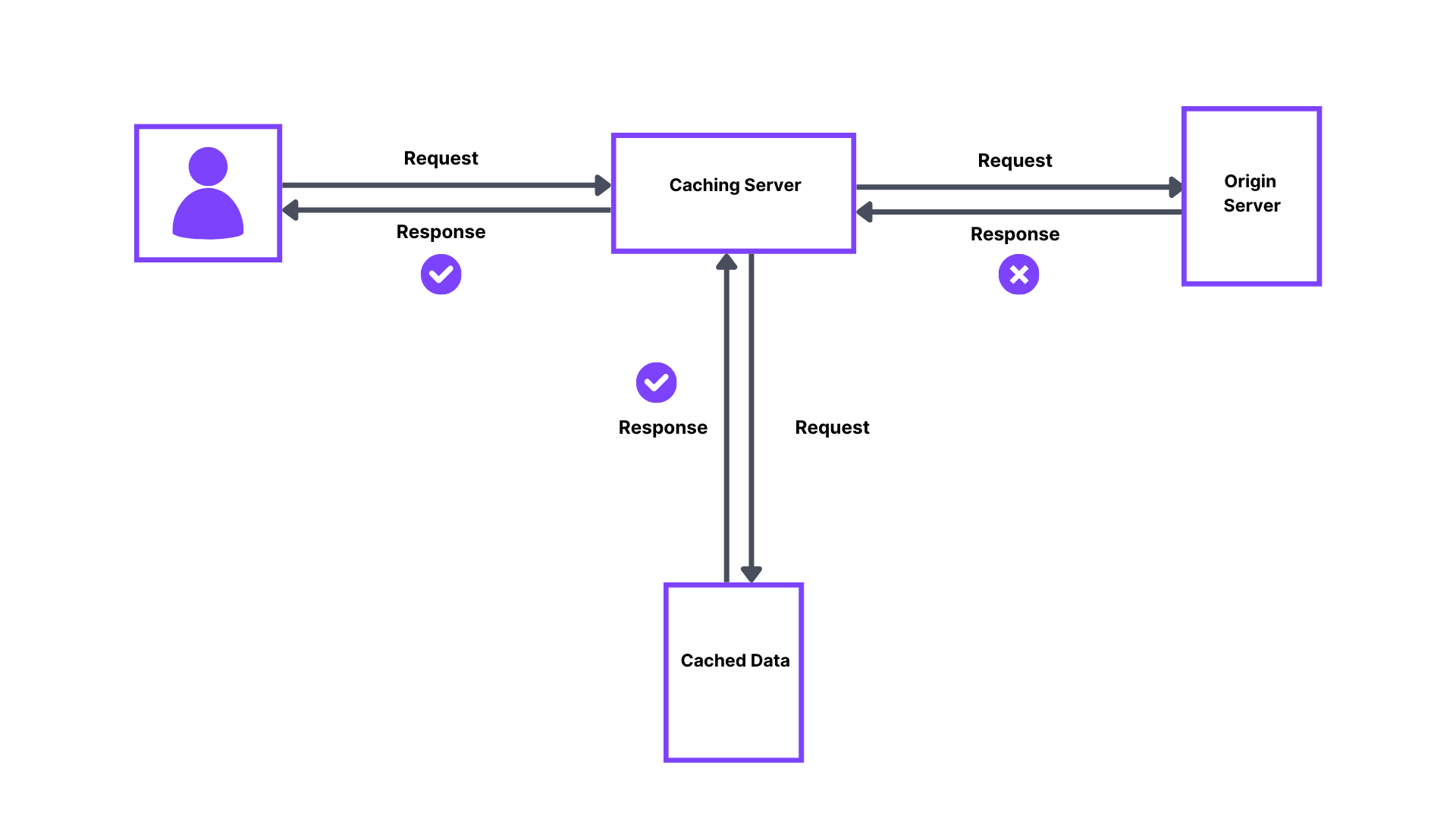
-
Advantages:
-
Efficient resource utilization:
Matches caching techniques to specific use cases.
-
Consistency:
Ensures that all clients receive the same cached data.
-
Granular control:
Allows developers to specify what to cache and for how long.
-
Use Cases:
-
Caching the results of database queries.
-
Storing the output of computationally intensive operations.
-
Reducing the load on backend services.
Hybrid Caching Approaches
In some cases, a combination of caching techniques can provide the best results. For instance, a hybrid approach might involve client-side caching for user-specific data, server-side caching for frequently requested database queries, and CDN caching for global content distribution.
-
Advantages:
-
Tailored optimization:
Matches caching techniques to specific use cases.
-
Enhanced performance:
Maximizes the benefits of different caching strategies.
-
Improved fault tolerance:
Ensures redundancy and reliability.
-
Use Cases:
-
Complex applications with diverse caching requirements.
-
Multi-tiered architecture for optimal efficiency.
-
Applications that demand both low latency and global reach.
Best Practices for Caching in REST APIs
Caching has the potential to notably enhance REST API performance and efficiency. However, ensuring effectiveness and reliability requires strict adherence to best practices.
Cache Expiration
One of the critical aspects of caching is defining cache expiration times. Cache durations should balance data freshness with server load. Here are some best practices:
-
Use cache-control headers:
Utilize the Cache-Control header to specify cache rules, including max-age (the maximum time response can be cached) and s-max-age (maximum shared cache age).
-
Cache invalidation:
Implement cache invalidation mechanisms to handle data updates gracefully. This may involve using cache-busting techniques or versioning API e endpoints.
-
Stale-while-revalidate:
Consider using the “stale-while-revalidate cache-control directive to serve stale cached data while asynchronously fetching a fresh response from the server.
Cache Invalidation Strategies
Cache invalidation is crucial to ensure that clients receive up-to-date data. Consider these practices:
-
Etag headers:
Use Etag headers to provide unique identifiers for resources, enabling clients to check if cached data is still valid.
-
Webhooks or Pub/Sub:
Implement mechanisms such as webhooks or publish/subscribe systems to notify the cache when data changes, triggering cache invalidation.
-
Scheduled cache clearing:
For less dynamic data, implement scheduled cache clearing to remove stale data at specified intervals.
Monitoring and Analytics
Effective caching requires continuous monitoring and analysis. Key practices include:
-
Cache hit rates:
Regularly measure cache hit rates to understand how well your caching strategy is performing. High cache hit rates indicate effective caching.
-
Response times:
Monitor API response times to ensure that caching is contributing to reduced latency.
-
User experience:
Gather user feedback and usage metrics to gauge the impact of caching on their experience.
Security Considerations
When implementing caching, consider security best practices:
-
Sensitive data:
Be cautious when caching sensitive or private data. Implement security measures to protect cached data from unauthorized access.
-
Cache security:
Ensure that cached data is protected from tampering and exploitation. Implement appropriate security headers and encryption where necessary.
Cache Size Management
Manage the size of your caches to prevent memory issues and optimize performance.
-
Eviction policies:
Implement eviction policies to remove least used or outdated cache entries when the cache reaches its size limit.
-
Performance testing:
Regularly test your caching infrastructure’s performance to identify and address any issues related to cache size and memory usage.
Documentation and Communication
Document your caching strategy comprehensively and communicate it to your development team and stakeholders. Proper documentation helps ensure that everyone understands how caching is implemented and why specific decisions were made.
Continuous Optimization
Caching is not a one-time setup. Continuously optimize your caching strategy based on changing traffic patterns, application updates, and evolving requirements. Regularly review and adjust cache expiration times, invalidation mechanisms, and cache policies.
Measuring the Impact of Caching
Measuring the impact of caching is crucial to understanding its effectiveness, identifying areas for improvement, and ensuring that it aligns with your performance goals.
Key Performance Metrics
To assess the impact of caching, you need to track and analyze several key performance metrics:
-
Response times:
Measure the average response times of your API endpoints with and without caching. Caching should lead to significantly faster responses.
-
Cache hit rate:
Calculate the percentage of requests that are served from the cache. A higher cache hit rate indicates effective caching.
-
Server load:
Monitor server resource utilization, including CPU and memory usage, to gauge the reduction in server load due to caching.
-
User experience:
Gather user feedback, conduct surveys, or use analytics tools to understand how caching has influenced user satisfaction and engagement.
Monitoring Tools and Analytics
Utilize monitoring tools and analytics platforms to collect and analyze the above performance metrics:
-
Application Performance Monitoring (APM) tools:
APM tools like New Relic, Datadog, AppDynamics can provide detailed insights into API performance, including response times and server resource utilization.
-
Logging and logging analysis:
Implement comprehensive logging in your API to capture cache-related events and analyze them for performance improvements.
-
User analytics:
Tools like Google Analytics or custom analytics solutions can help you track user behavior and correlate it with caching effects.
A/B Testing
A/B testing involves comparing two versions of your API, one with caching enabled and one without, to determine the impact on user behavior and performance. A/B testing allows you to make data-driven decisions about caching strategies.
Analyzing Cache Hit Rates
A high cache hit rate is a strong indicator of effective caching. Analyze cache hit rates for different API endpoints and traffic patterns to ensure that caching is serving its intended purpose.
Comparing Cache Durations
Compare the cache durations of different endpoints or data types. Adjust cache durations based on the volatility and data update frequency. Long cache durations for rarely changing data and shorter durations for frequently changing data are often good practices.
User Feedback and Surveys
Engage with users to gather feedback on their experiences with your API. Conduct surveys or interviews to understand how caching has impacted their interactions. User feedback can provide valuable insights into the real-world impact of caching on user satisfaction.
Iterative Optimization
Measuring the impact of caching is not a one-time task. Continuously analyze performance metrics, gather user feedback, and refine your caching strategy based on the results. Use an iterative approach to optimize caching over time.
Documentation and Reporting
Document the results of your caching impact measurements and share them with your team and stakeholders. Clear and concise reporting helps ensure that everyone understands the benefits of caching and any areas that require further attention.
Conclusion
This blog has thoroughly explored caching strategies for REST APIs, covering fundamentals and advanced techniques. As you implement caching, tailor your strategy, continuously evaluate, and optimize for evolving needs. We hope this blog equips you with the knowledge to leverage caching's full potential in web applications.

Amal Lakshan
Software Engineer at X-Venture
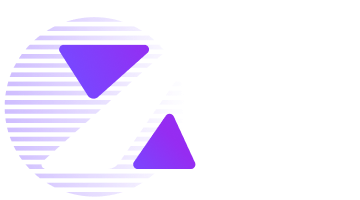


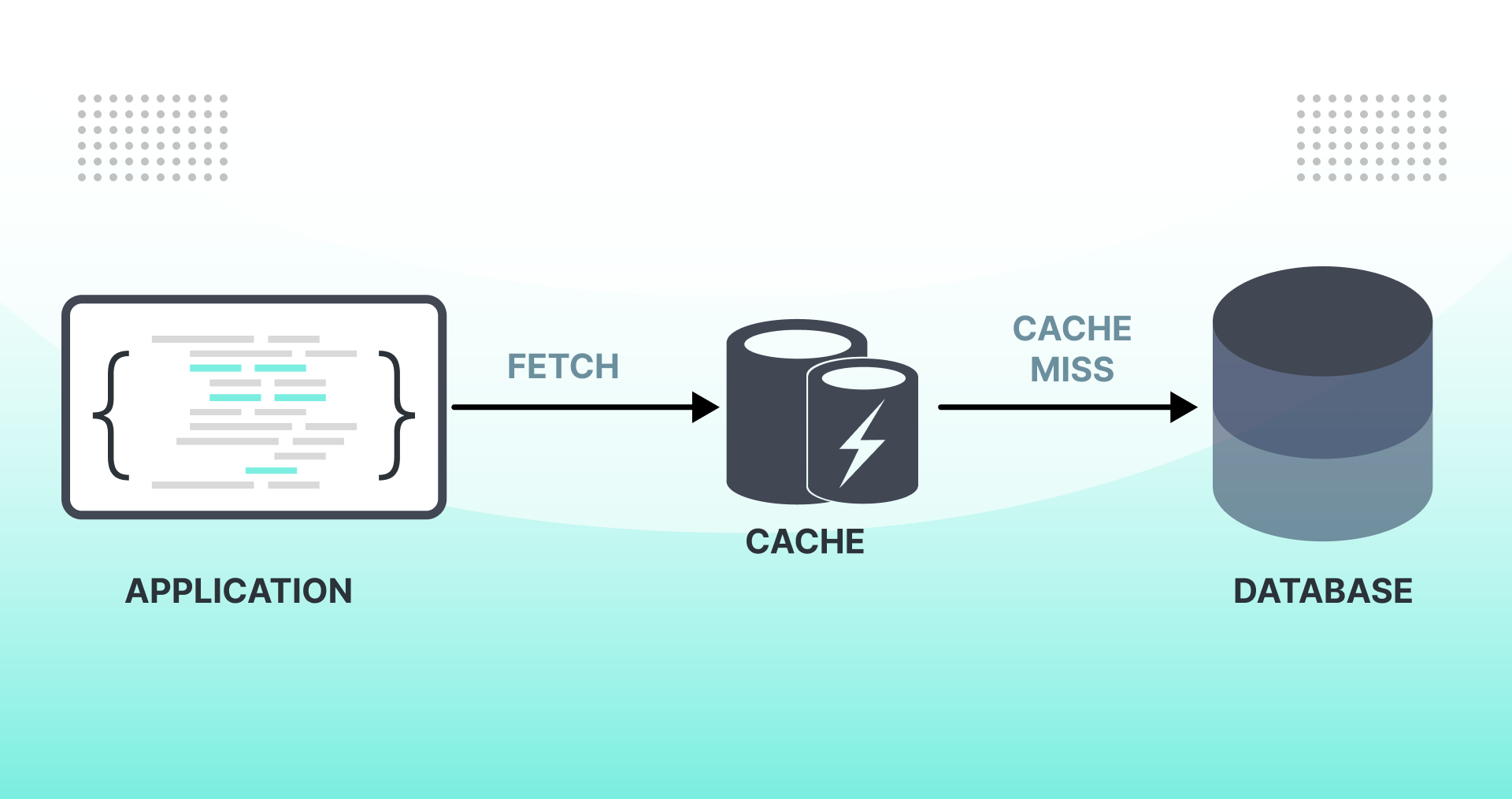




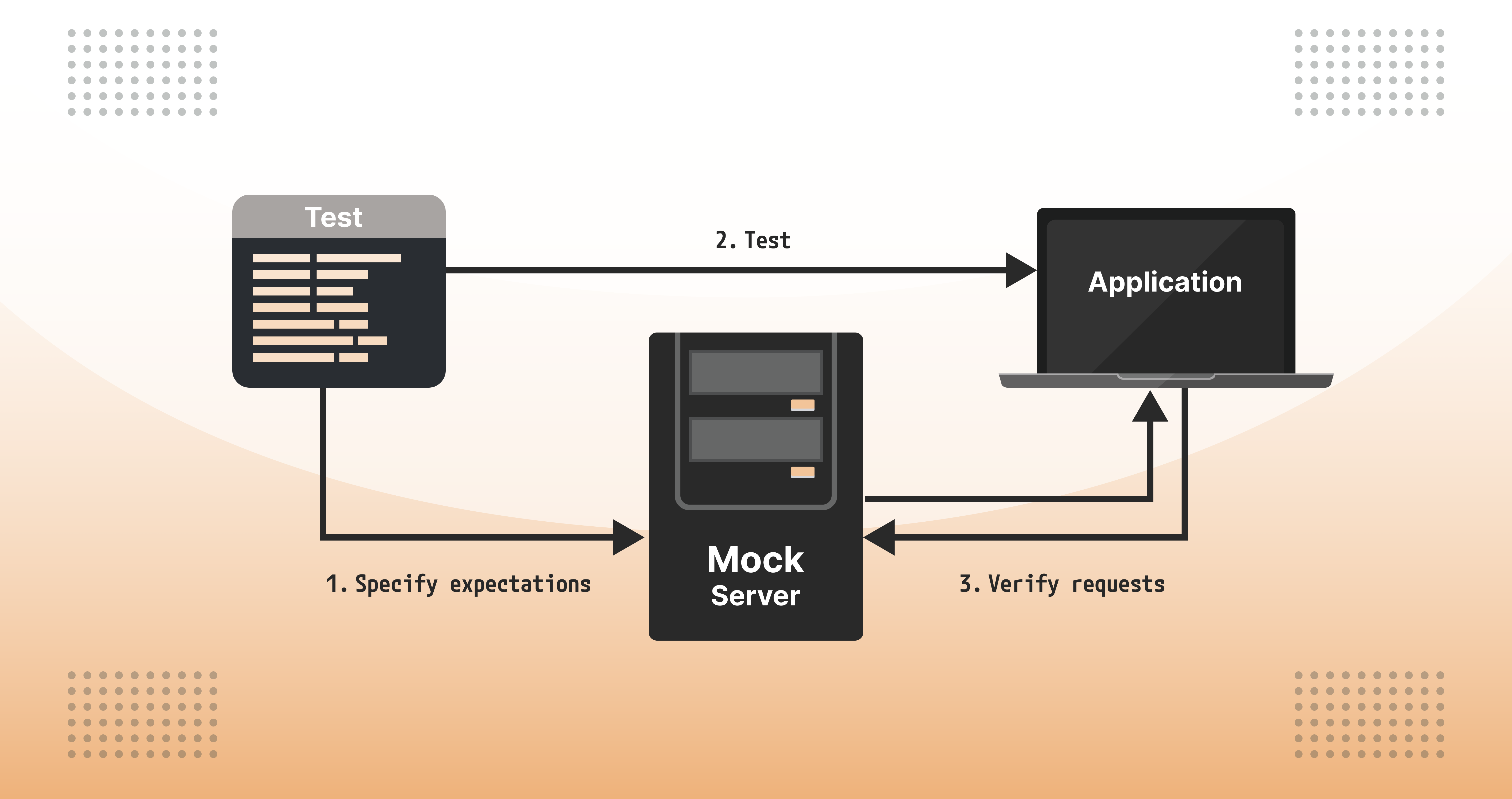
.jpg)
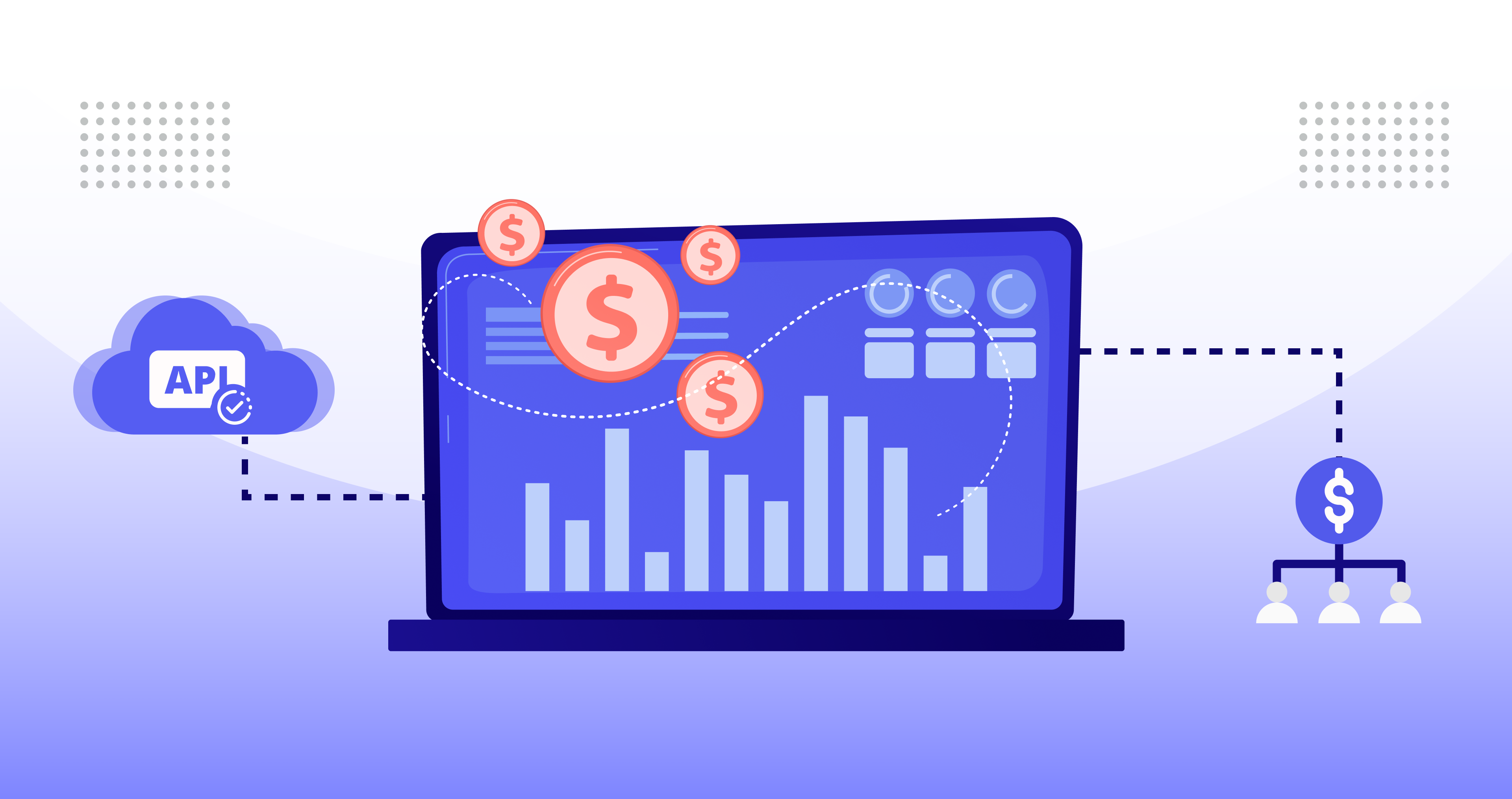
.png)
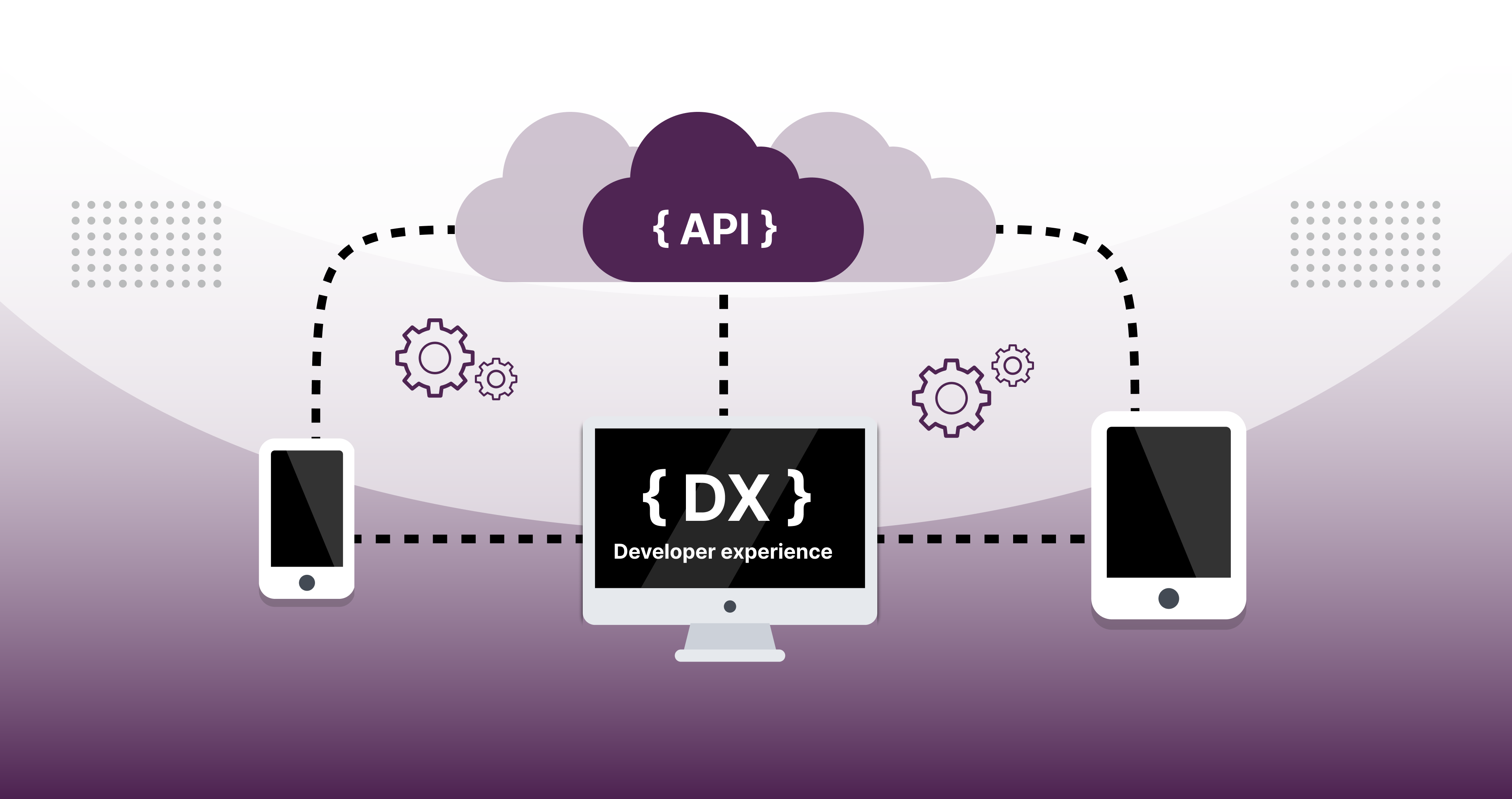

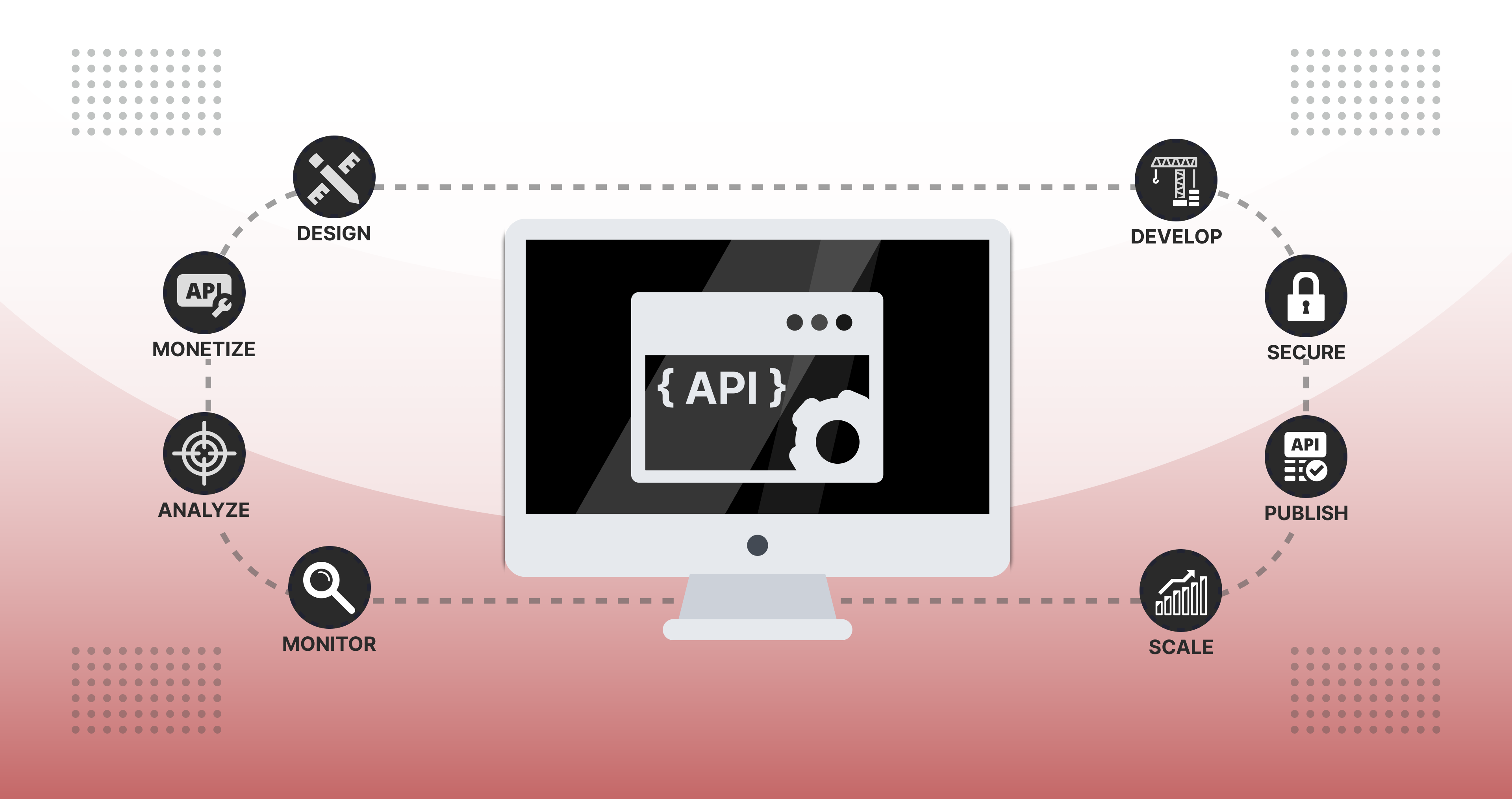
.jpg)
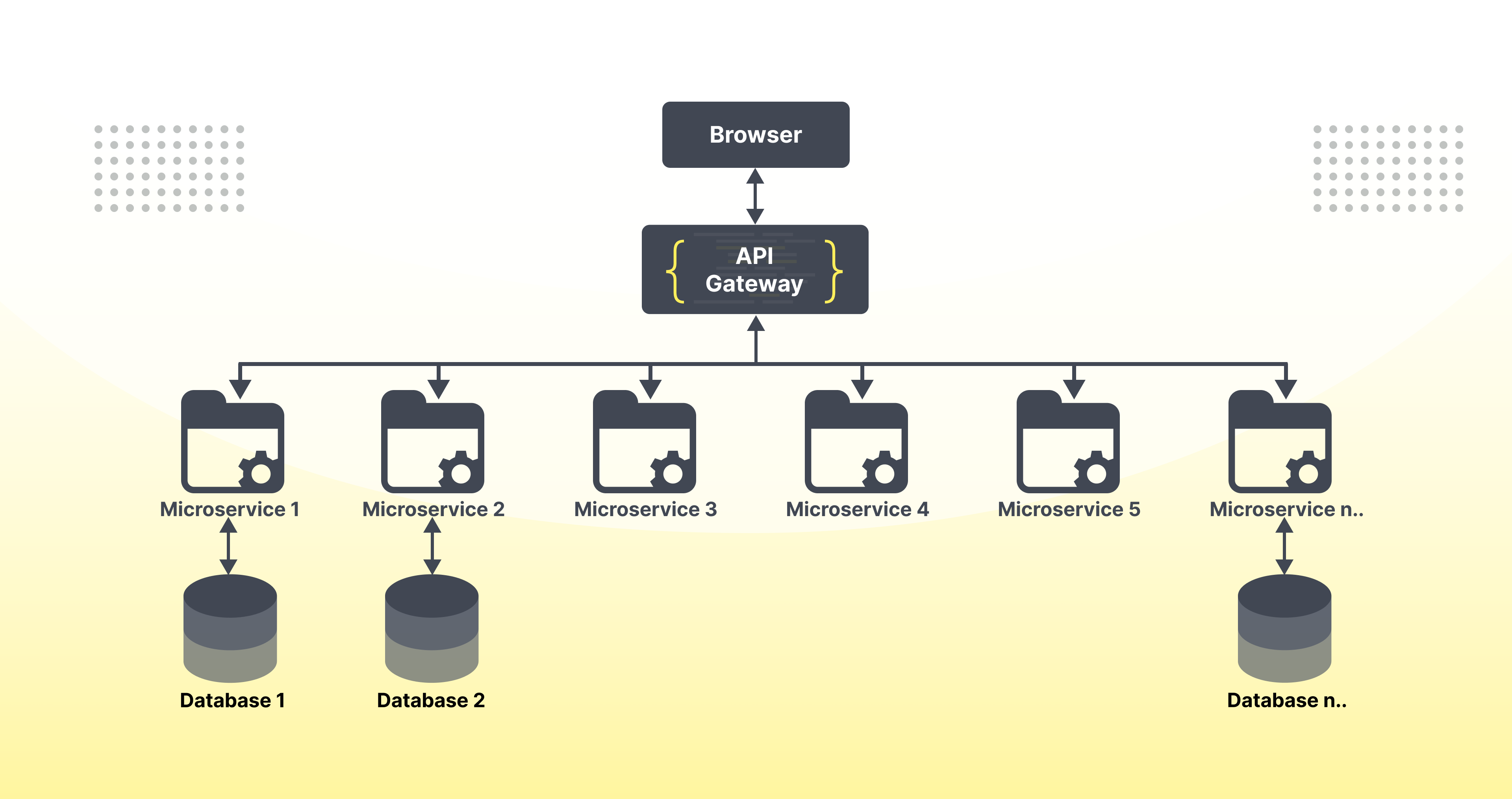

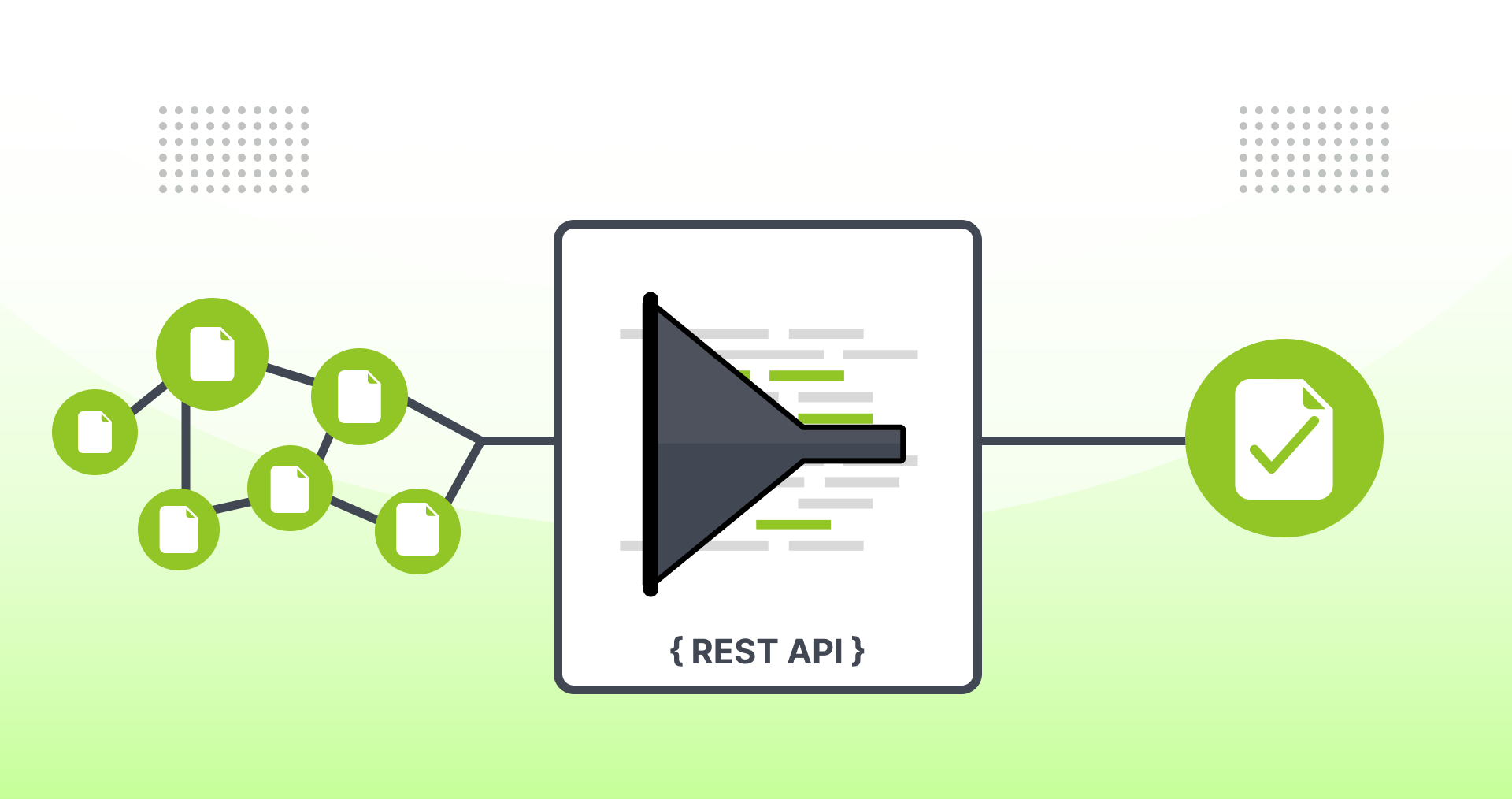

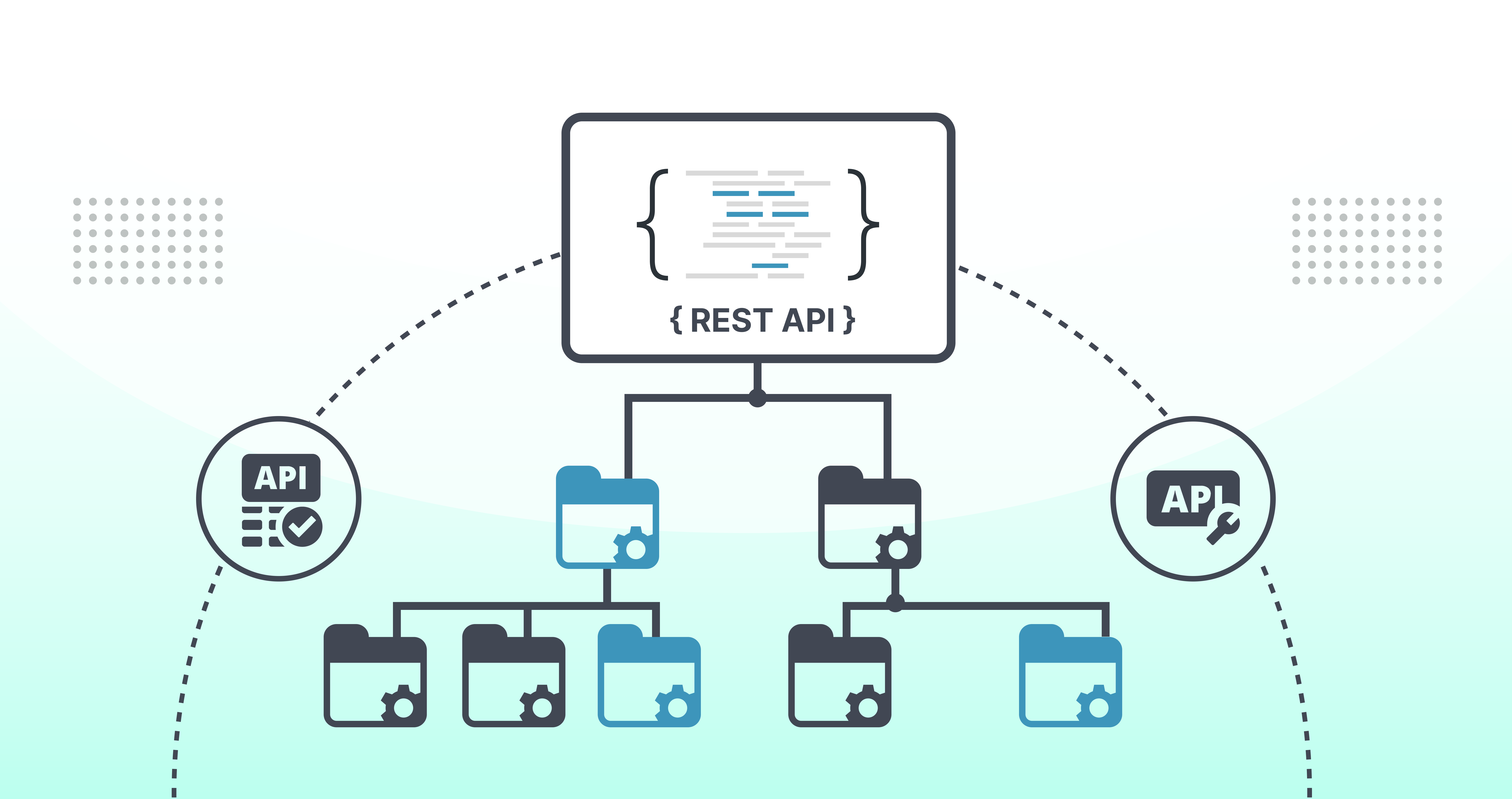

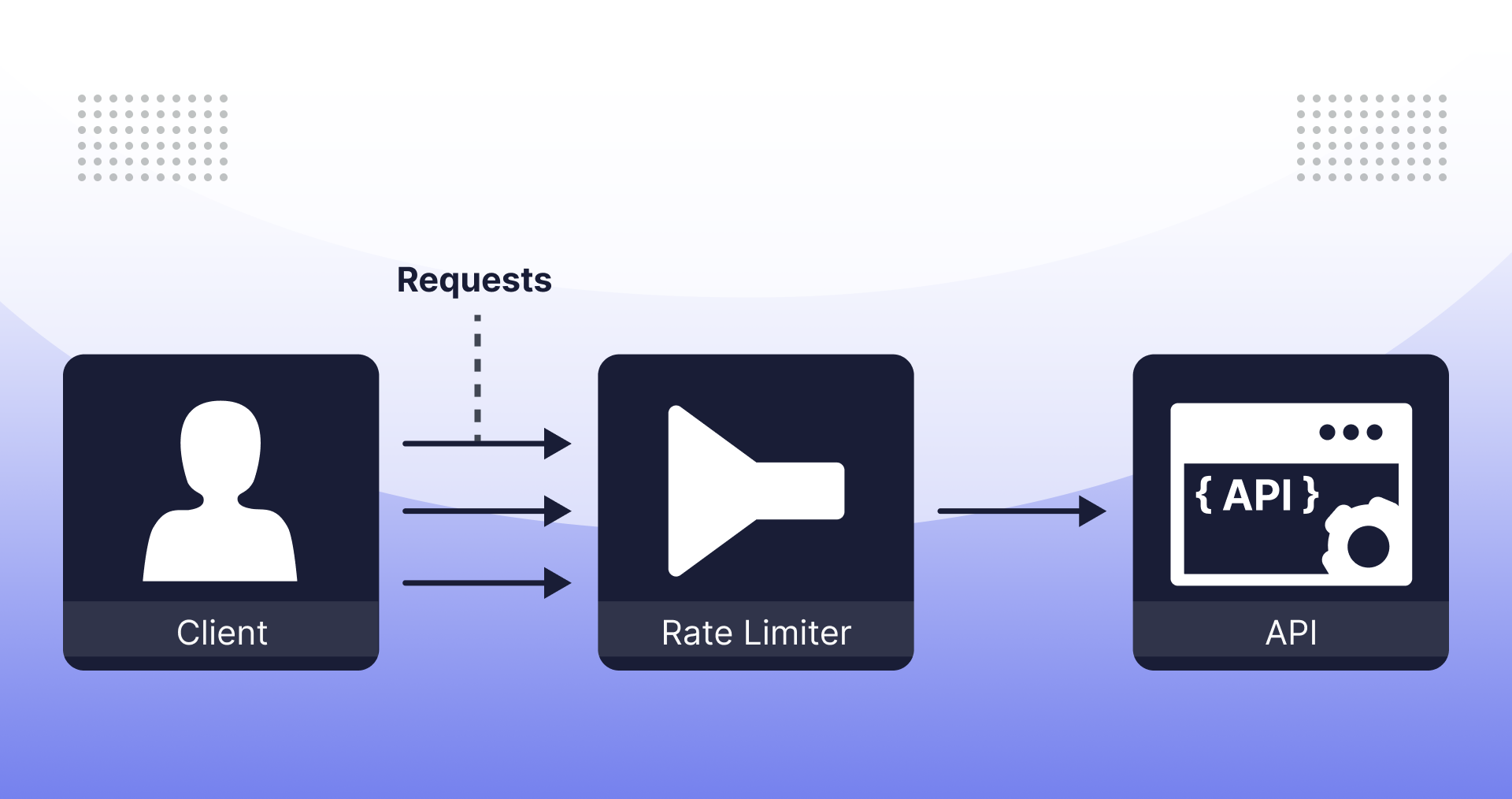

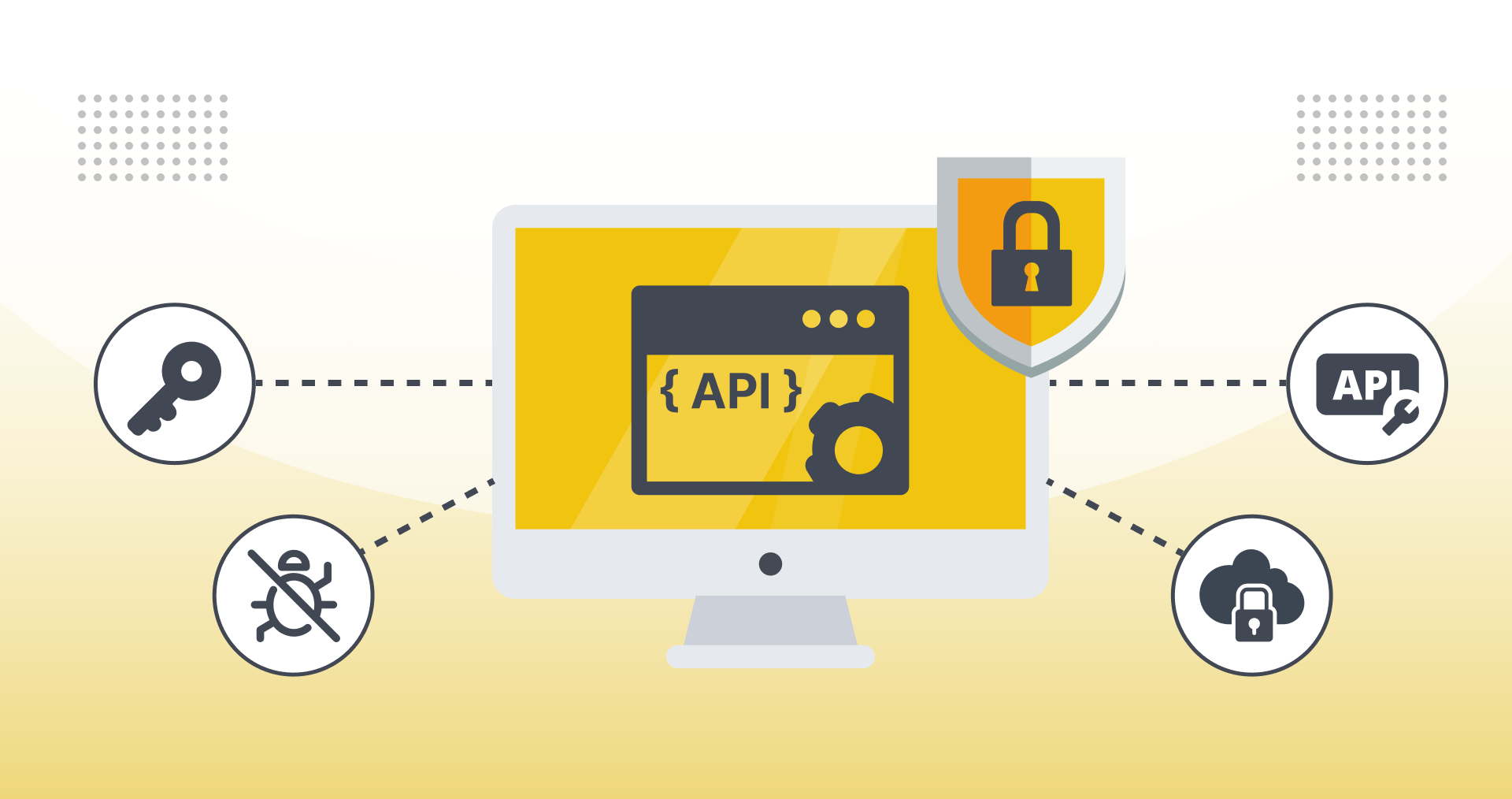

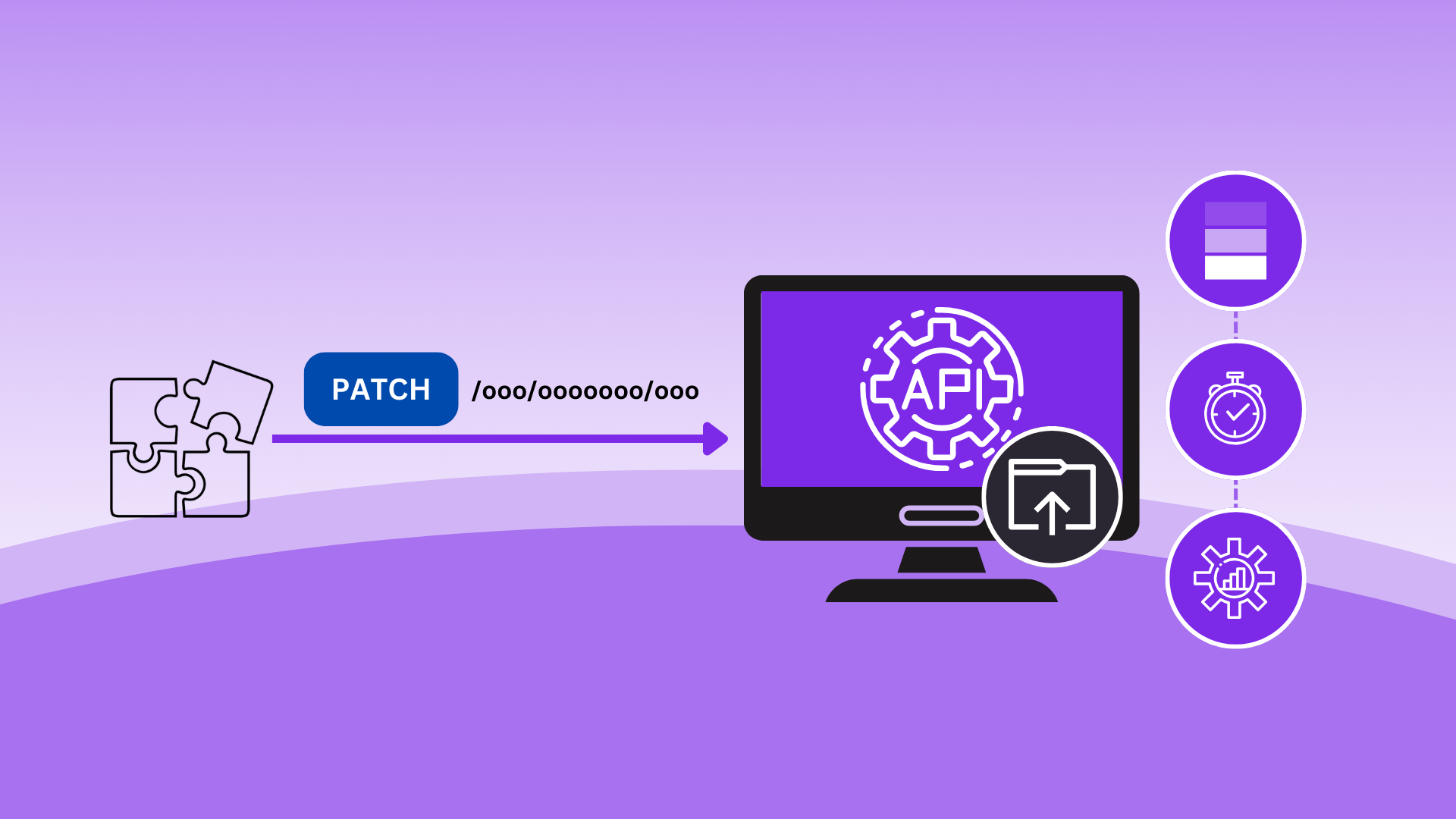
.jpeg)
